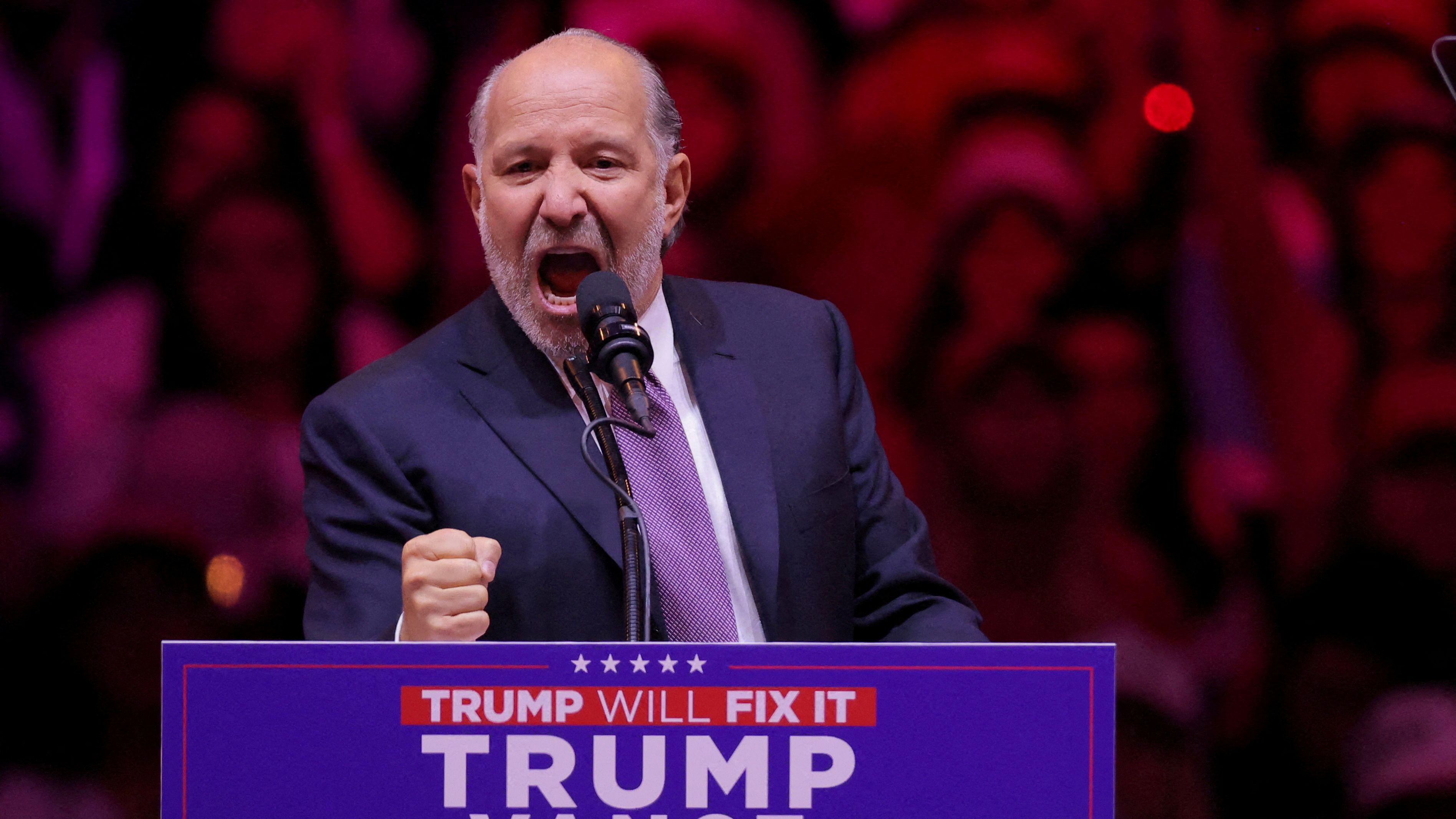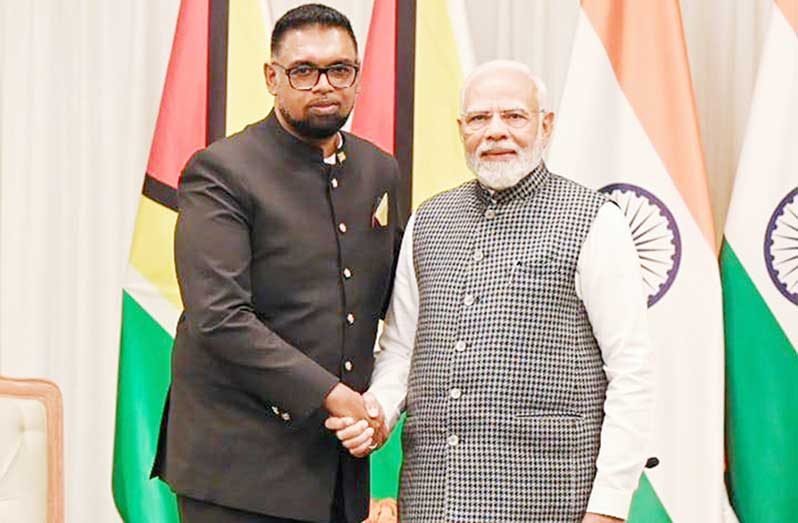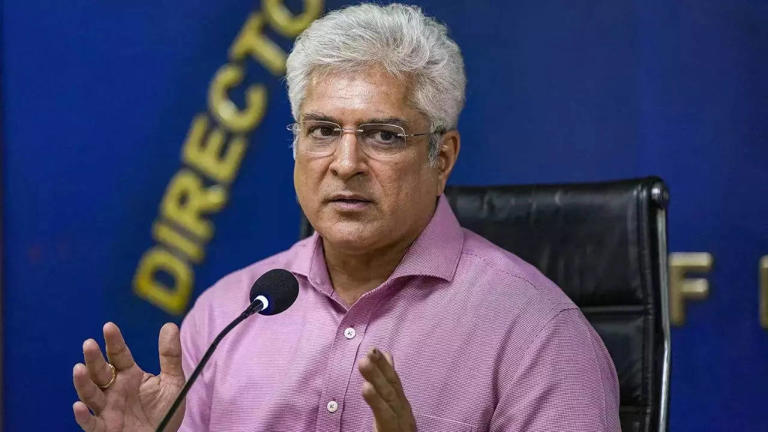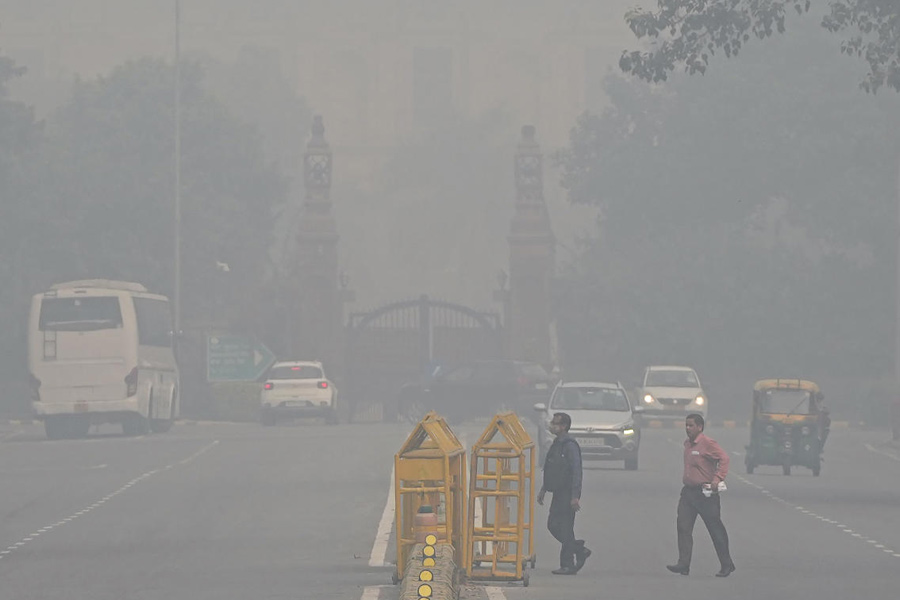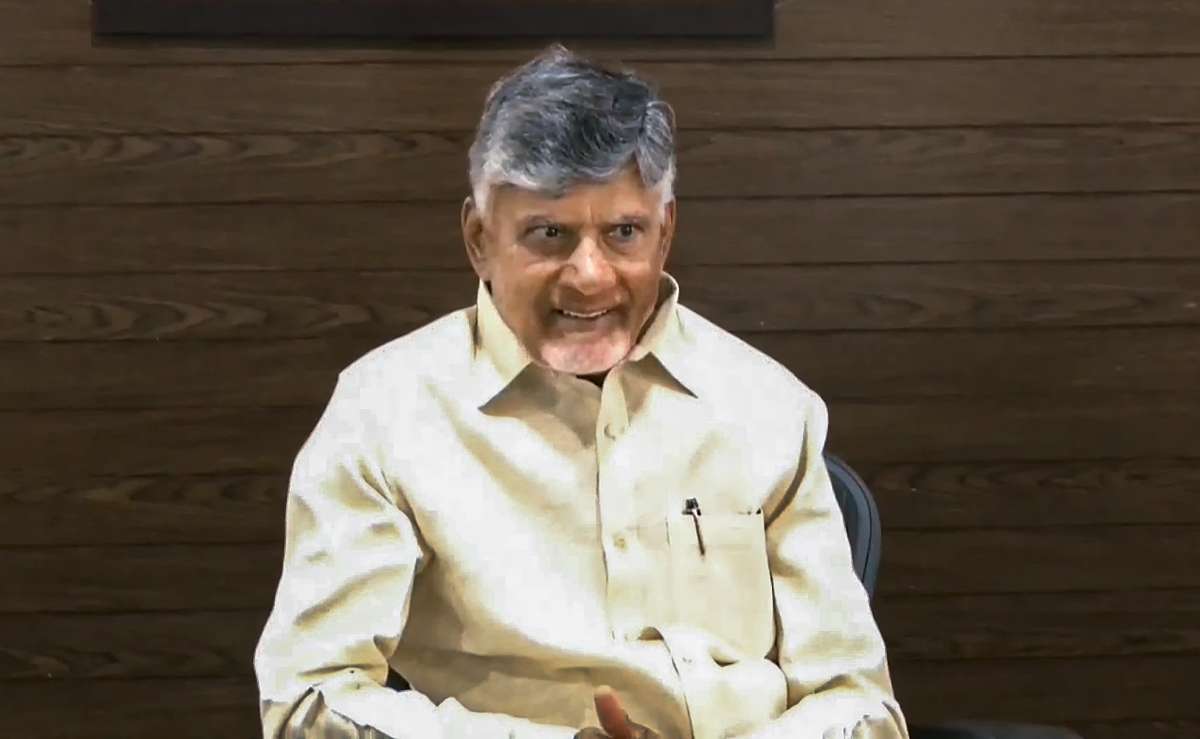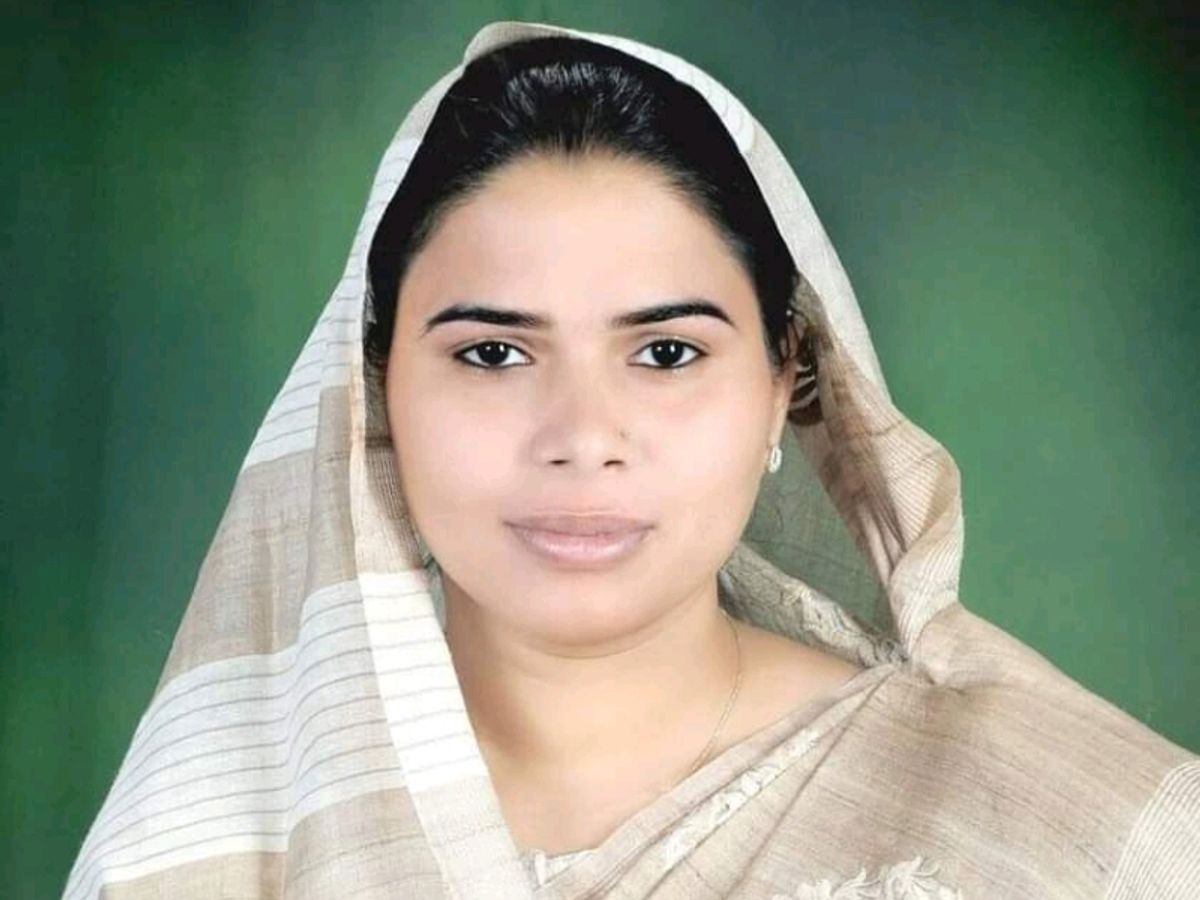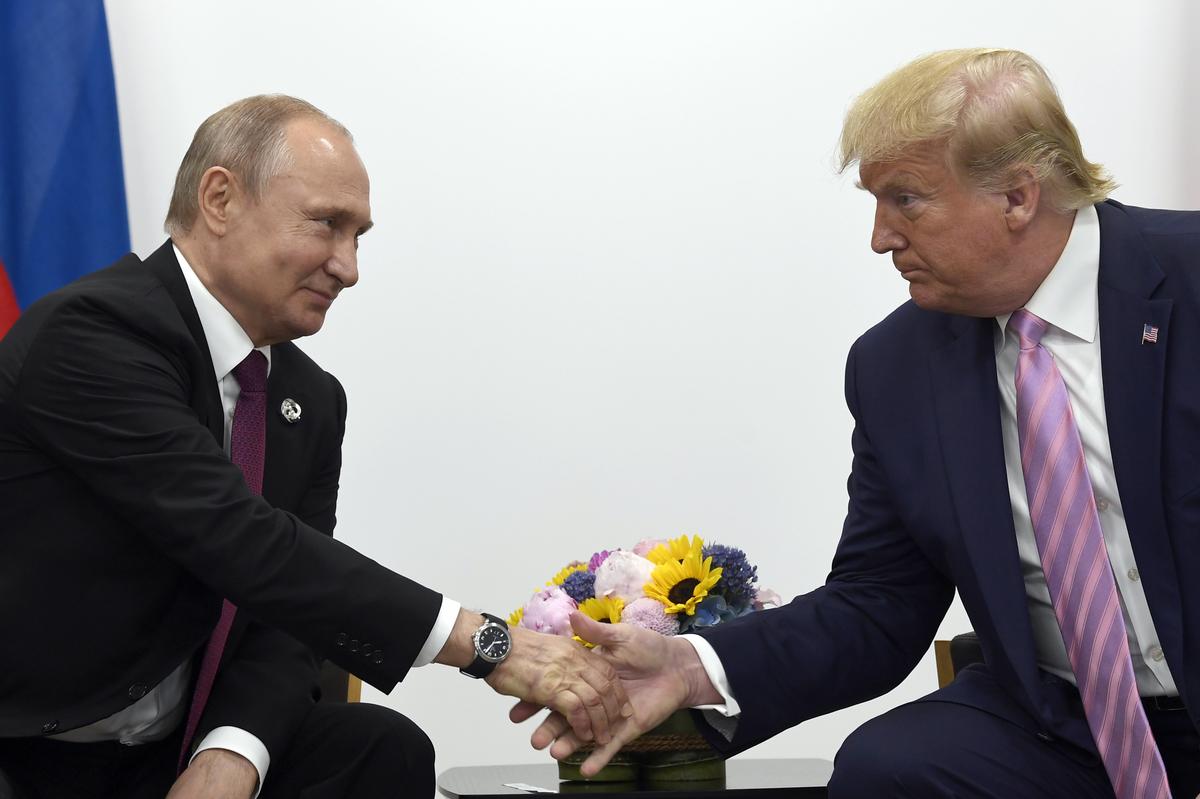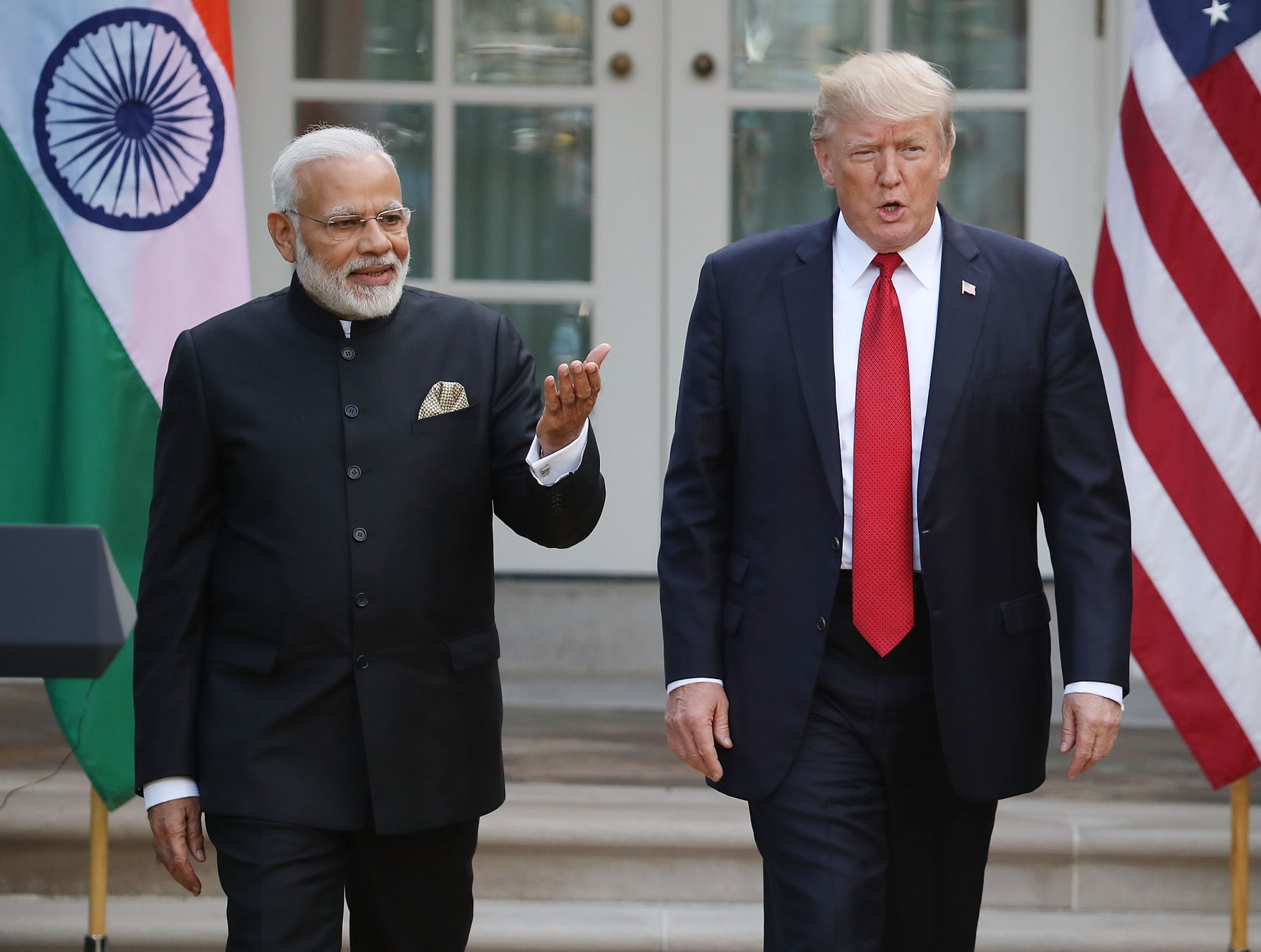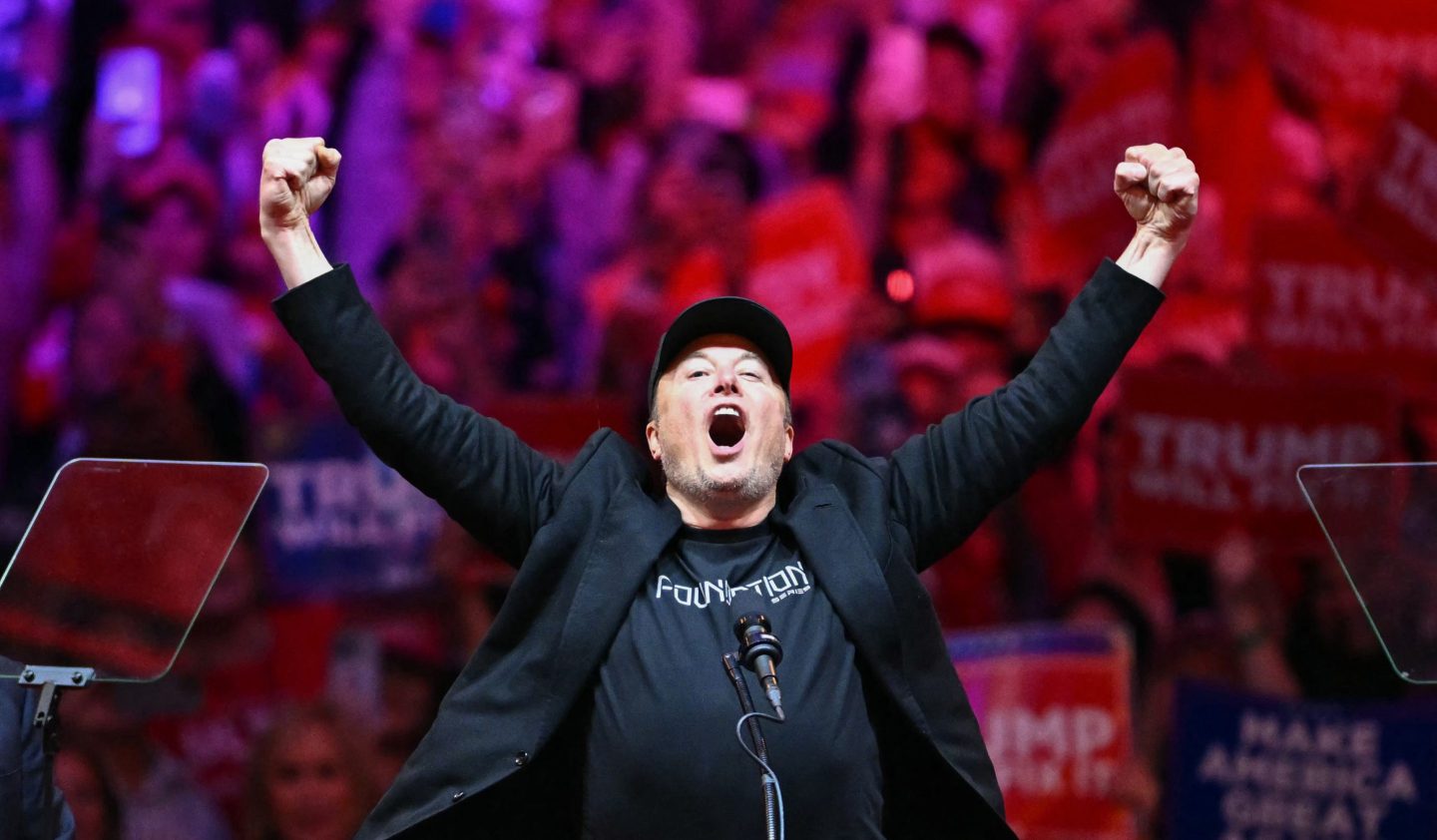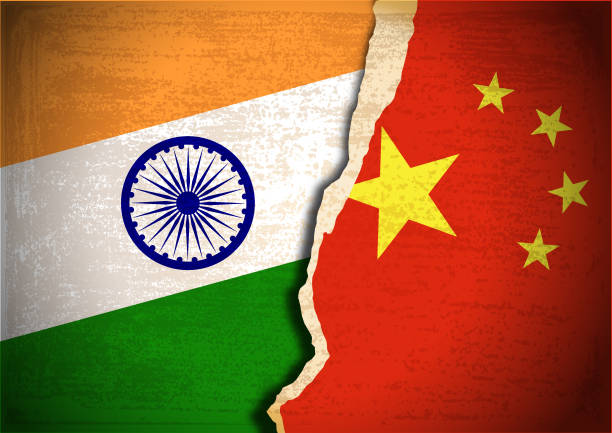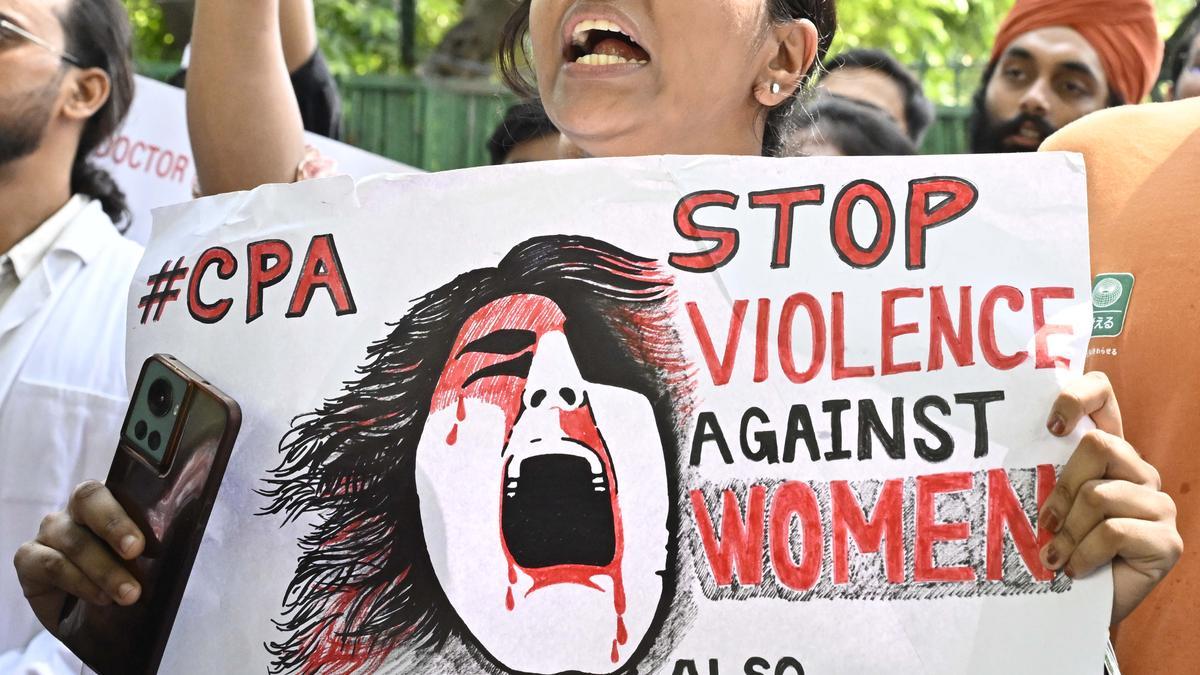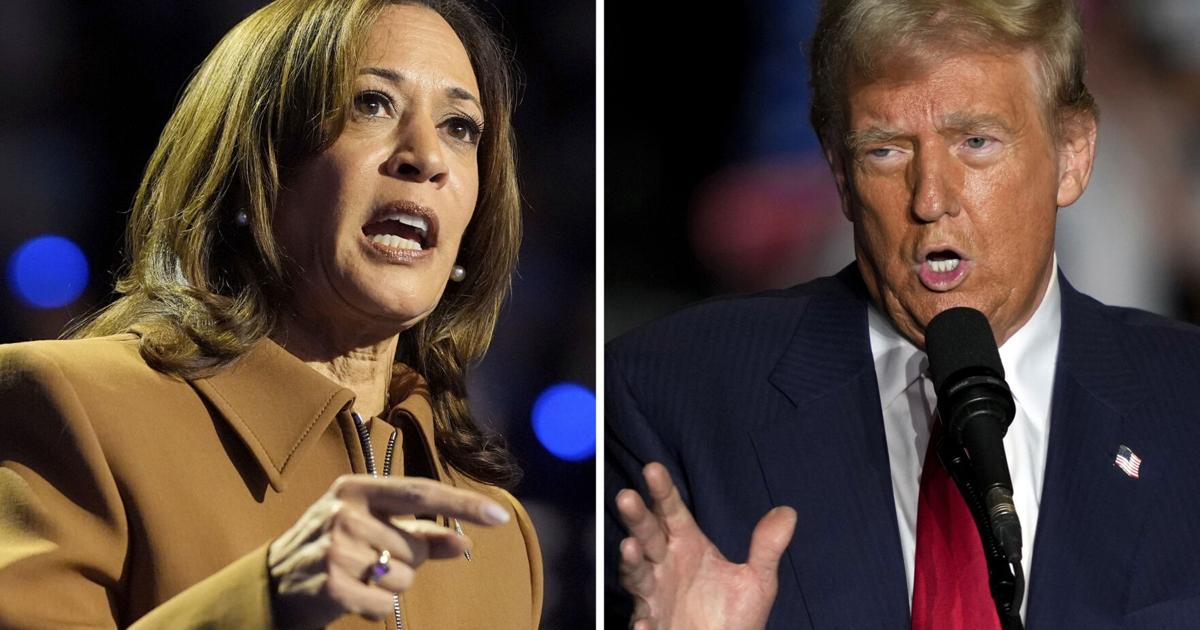Home / Home / Supreme Court Verdict Reaffirms President and Governors Are Bound by Ministerial Advice in Parliamentary Democracy Framework
Supreme Court Verdict Reaffirms President and Governors Are Bound by Ministerial Advice in Parliamentary Democracy Framework
By: My India Times
5 minutes read 102Updated At: 2025-04-22

A Reminder to the President and Governors: Reaffirming Constitutional Morality Through Supreme Court's Landmark Ruling
The Supreme Court’s recent decision in State of Tamil Nadu v. Governor of Tamil Nadu (2025) has reignited national debate over the constitutional roles of the President and Governors in India's parliamentary democracy. The judgment, rooted in firm constitutional principles, reinforces the supremacy of the elected government and the ceremonial nature of constitutional heads like the President and Governors. Despite this clarity, some individuals have questioned the verdict, prompting a much-needed reminder of the foundational values embedded in India’s Constitution.
To understand the gravity and precision of the Supreme Court’s judgment, we must revisit the vision of the Constitution’s chief architect, Dr. B.R. Ambedkar. In his speech on November 4, 1948, while presenting the Draft Constitution to the Constituent Assembly, Ambedkar offered a lucid explanation of the nature of India’s political system. His remarks clearly establish that India adopted a parliamentary form of government where executive power resides with the elected representatives — the Council of Ministers — and not with the President or Governors.
“The Draft Constitution in recommending the Parliamentary system of Executive has preferred more responsibility to more stability,” Ambedkar declared.
In doing so, he emphasized the accountability of the executive to the legislature — a cornerstone of parliamentary democracy. Unlike the American Presidential system, where the President is the head of both the state and the executive, India opted for a system where these functions are separated. The President of India is the ceremonial head of the state, much like the King in England, whose duties are largely symbolic and bound by the advice of the Prime Minister and the Council of Ministers.
Ambedkar elaborated further:
“The American form of Government is called the Presidential system of Government. What the Draft Constitution proposes is the Parliamentary system... Under the Presidential system of America, the President is the Chief head of the Executive. The administration is vested in him. Under the Draft Constitution, the President occupies the same position as the King under the English Constitution. He is the head of the State but not of the Executive.”
These statements leave no ambiguity regarding the intended roles of India’s constitutional heads. The President and Governors are meant to act on the advice of the elected governments — they represent the nation, not govern it. As Ambedkar aptly put it, their role is like “a ceremonial device on a seal by which the nation’s decisions are made known.”
Despite this clarity, Governors in several Indian states have, in recent years, come under scrutiny for delaying or obstructing legislation passed by elected Assemblies or for not acting on Cabinet advice within reasonable time frames. These actions have often triggered constitutional crises, straining the federal fabric and challenging democratic norms. The 2025 Supreme Court ruling seeks to address precisely these concerns.
In State of Tamil Nadu v. Governor of Tamil Nadu, the Supreme Court reaffirmed the constitutional doctrine that the Governor is bound by the advice of the Council of Ministers, headed by the Chief Minister. The Court also stressed that any delay or deviation from this principle amounts to a violation of the Constitution. In simple terms, Governors are not meant to act as political actors or parallel power centers; their role is to act in accordance with the democratic will expressed through the legislature and the Cabinet.
This judgment aligns with previous constitutional interpretations, such as those laid out in the landmark S.R. Bommai v. Union of India (1994) case, where the Supreme Court limited the discretionary power of Governors, and the Nabam Rebia v. Deputy Speaker (2016) ruling, which reiterated that the Governor cannot act independently of the aid and advice of the Cabinet.
Those raising concerns against the 2025 ruling perhaps misunderstand the essence of India’s parliamentary democracy. The Constitution does not envisage an executive President or a politically active Governor. Any attempt to push Governors into partisan roles is a distortion of their constitutionally defined position.
Moreover, such distortions undermine federalism, which is one of the basic features of the Constitution. When Governors, appointed by the central government, act contrary to the interests of an elected state government, it creates tension between the Centre and the states. This friction is not only undesirable but also unconstitutional. The Governor’s primary duty is to act as a bridge between the Centre and the state — not as an agent of the Centre undermining the authority of the state government.
Reinforcing the role of the President, Ambedkar had stated unequivocally:
“The President of the Indian Union will be generally bound by the advice of his Ministers. He can do nothing contrary to their advice nor can he do anything without their advice.”
This principle was enshrined in Article 74 of the Constitution, which mandates that the President shall act in accordance with the advice of the Council of Ministers. A similar arrangement exists at the state level under Article 163 for Governors. The 42nd Amendment further reinforced this by making the President bound by the advice of the Council of Ministers, nullifying the earlier scope for ambiguity.
By upholding these values, the Supreme Court’s 2025 ruling doesn’t chart a new path — it merely reaffirms the original intent of the Constitution. It serves as a timely reminder that symbolic authority cannot override the mandate of the people. This verdict is also a call to restore constitutional morality and uphold democratic ethics in governance.
The judgment should not be seen as a political stance but rather as a protective measure for India’s democratic system. If India’s constitutional heads begin to interpret their roles beyond what the framers intended, the balance between democratic governance and federal unity may falter. The rule of law demands that those in office, irrespective of political affiliations, act within the bounds of the Constitution.
In conclusion, the Supreme Court’s decision in the Tamil Nadu case brings us back to the fundamental architecture of Indian democracy — one based on collective responsibility, ministerial accountability, and the ceremonial role of heads of state. Those questioning the judgment should revisit Ambedkar’s words and recognize that in a democracy, authority flows from the people through their elected representatives, not through unelected or symbolic offices. Let this be a reminder that in a parliamentary democracy, sovereignty lies with the people, and the Constitution is its true guardian.
....A Reminder to the President and Governors: Reaffirming Constitutional Morality Through Supreme Court's Landmark Ruling
The Supreme Court’s recent decision in State of Tamil Nadu v. Governor of Tamil Nadu (2025) has reignited national debate over the constitutional roles of the President and Governors in India's parliamentary democracy. The judgment, rooted in firm constitutional principles, reinforces the supremacy of the elected government and the ceremonial nature of constitutional heads like the President and Governors. Despite this clarity, some individuals have questioned the verdict, prompting a much-needed reminder of the foundational values embedded in India’s Constitution.
To understand the gravity and precision of the Supreme Court’s judgment, we must revisit the vision of the Constitution’s chief architect, Dr. B.R. Ambedkar. In his speech on November 4, 1948, while presenting the Draft Constitution to the Constituent Assembly, Ambedkar offered a lucid explanation of the nature of India’s political system. His remarks clearly establish that India adopted a parliamentary form of government where executive power resides with the elected representatives — the Council of Ministers — and not with the President or Governors.
“The Draft Constitution in recommending the Parliamentary system of Executive has preferred more responsibility to more stability,” Ambedkar declared.
In doing so, he emphasized the accountability of the executive to the legislature — a cornerstone of parliamentary democracy. Unlike the American Presidential system, where the President is the head of both the state and the executive, India opted for a system where these functions are separated. The President of India is the ceremonial head of the state, much like the King in England, whose duties are largely symbolic and bound by the advice of the Prime Minister and the Council of Ministers.
Ambedkar elaborated further:
“The American form of Government is called the Presidential system of Government. What the Draft Constitution proposes is the Parliamentary system... Under the Presidential system of America, the President is the Chief head of the Executive. The administration is vested in him. Under the Draft Constitution, the President occupies the same position as the King under the English Constitution. He is the head of the State but not of the Executive.”
These statements leave no ambiguity regarding the intended roles of India’s constitutional heads. The President and Governors are meant to act on the advice of the elected governments — they represent the nation, not govern it. As Ambedkar aptly put it, their role is like “a ceremonial device on a seal by which the nation’s decisions are made known.”
Despite this clarity, Governors in several Indian states have, in recent years, come under scrutiny for delaying or obstructing legislation passed by elected Assemblies or for not acting on Cabinet advice within reasonable time frames. These actions have often triggered constitutional crises, straining the federal fabric and challenging democratic norms. The 2025 Supreme Court ruling seeks to address precisely these concerns.
In State of Tamil Nadu v. Governor of Tamil Nadu, the Supreme Court reaffirmed the constitutional doctrine that the Governor is bound by the advice of the Council of Ministers, headed by the Chief Minister. The Court also stressed that any delay or deviation from this principle amounts to a violation of the Constitution. In simple terms, Governors are not meant to act as political actors or parallel power centers; their role is to act in accordance with the democratic will expressed through the legislature and the Cabinet.
This judgment aligns with previous constitutional interpretations, such as those laid out in the landmark S.R. Bommai v. Union of India (1994) case, where the Supreme Court limited the discretionary power of Governors, and the Nabam Rebia v. Deputy Speaker (2016) ruling, which reiterated that the Governor cannot act independently of the aid and advice of the Cabinet.
Those raising concerns against the 2025 ruling perhaps misunderstand the essence of India’s parliamentary democracy. The Constitution does not envisage an executive President or a politically active Governor. Any attempt to push Governors into partisan roles is a distortion of their constitutionally defined position.
Moreover, such distortions undermine federalism, which is one of the basic features of the Constitution. When Governors, appointed by the central government, act contrary to the interests of an elected state government, it creates tension between the Centre and the states. This friction is not only undesirable but also unconstitutional. The Governor’s primary duty is to act as a bridge between the Centre and the state — not as an agent of the Centre undermining the authority of the state government.
Reinforcing the role of the President, Ambedkar had stated unequivocally:
“The President of the Indian Union will be generally bound by the advice of his Ministers. He can do nothing contrary to their advice nor can he do anything without their advice.”
This principle was enshrined in Article 74 of the Constitution, which mandates that the President shall act in accordance with the advice of the Council of Ministers. A similar arrangement exists at the state level under Article 163 for Governors. The 42nd Amendment further reinforced this by making the President bound by the advice of the Council of Ministers, nullifying the earlier scope for ambiguity.
By upholding these values, the Supreme Court’s 2025 ruling doesn’t chart a new path — it merely reaffirms the original intent of the Constitution. It serves as a timely reminder that symbolic authority cannot override the mandate of the people. This verdict is also a call to restore constitutional morality and uphold democratic ethics in governance.
The judgment should not be seen as a political stance but rather as a protective measure for India’s democratic system. If India’s constitutional heads begin to interpret their roles beyond what the framers intended, the balance between democratic governance and federal unity may falter. The rule of law demands that those in office, irrespective of political affiliations, act within the bounds of the Constitution.
In conclusion, the Supreme Court’s decision in the Tamil Nadu case brings us back to the fundamental architecture of Indian democracy — one based on collective responsibility, ministerial accountability, and the ceremonial role of heads of state. Those questioning the judgment should revisit Ambedkar’s words and recognize that in a democracy, authority flows from the people through their elected representatives, not through unelected or symbolic offices. Let this be a reminder that in a parliamentary democracy, sovereignty lies with the people, and the Constitution is its true guardian.
By: My India Times
Updated At: 2025-04-22
Tags: Home News | My India Times News | Trending News | Travel News
Join our WhatsApp Channel

Similiar News
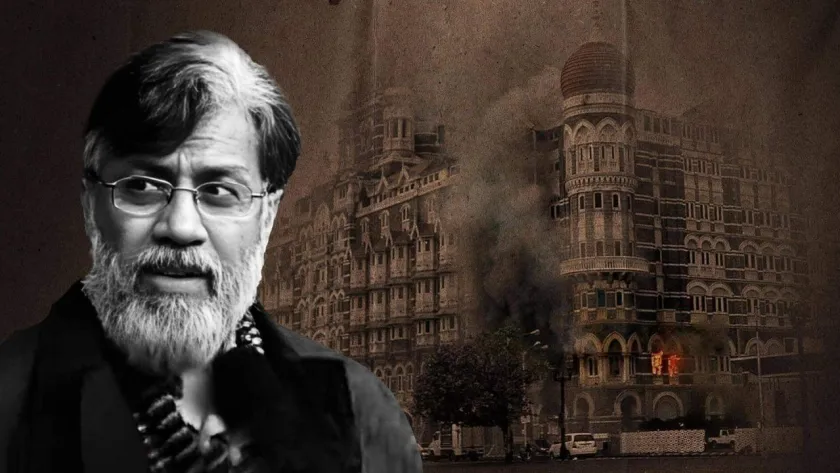
US Supreme Court Rejects 26/11 Accused Tahawwur Rana’s Plea to Block Extradition to India
2025-03-08























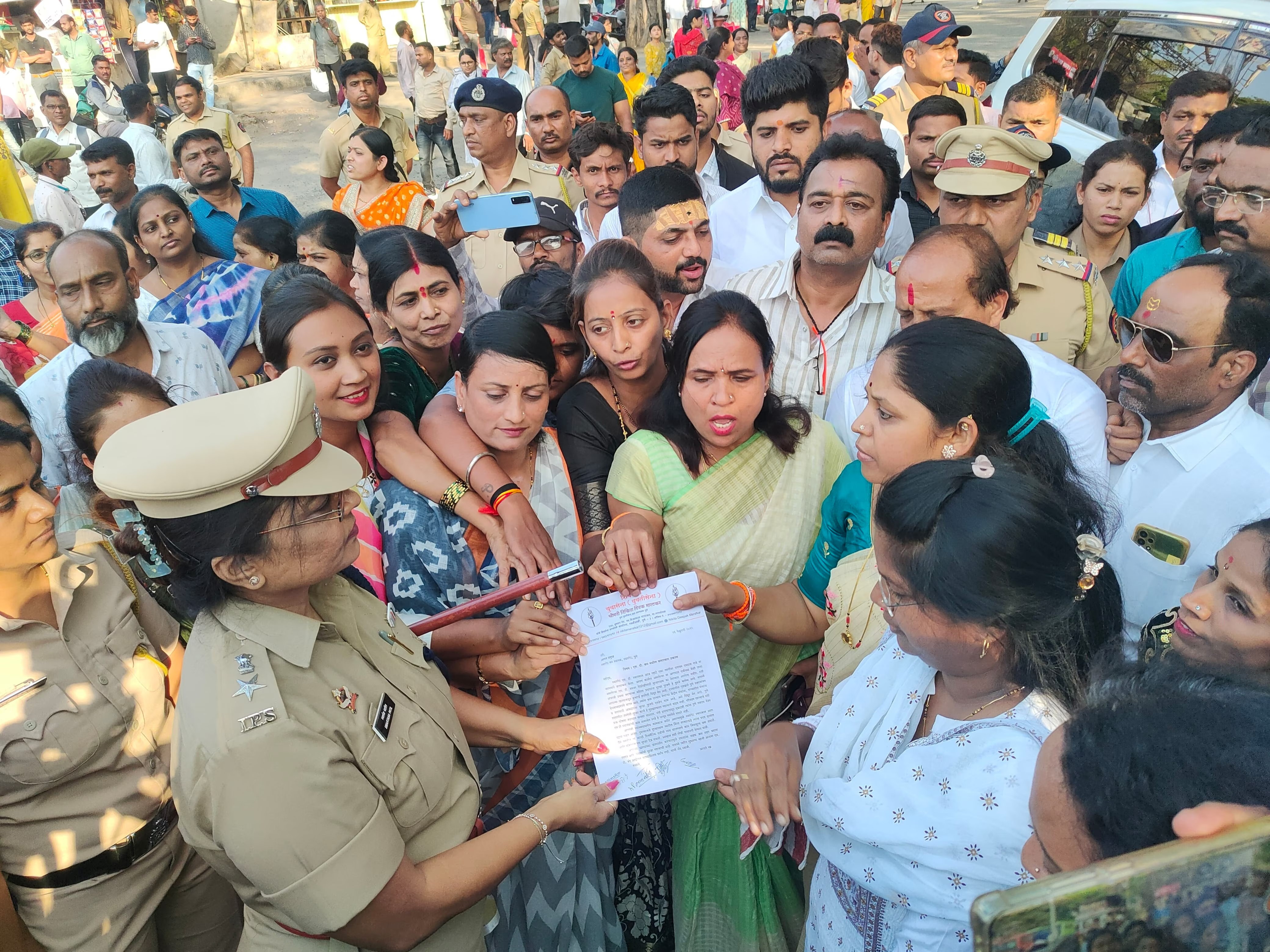


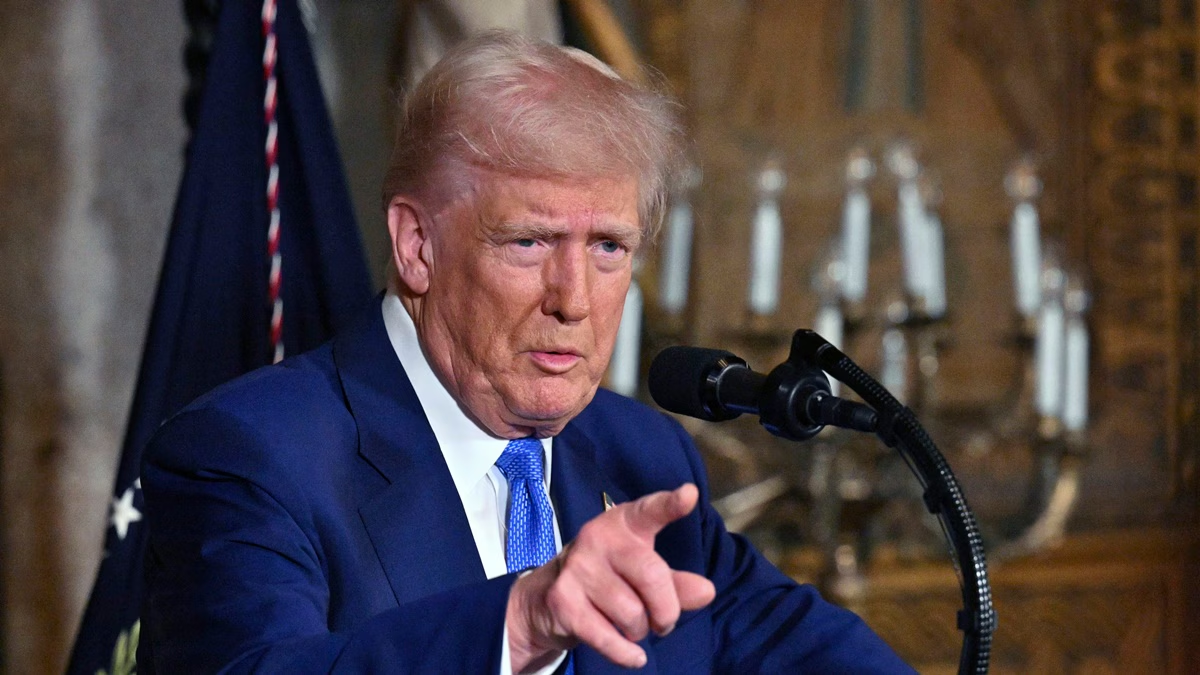














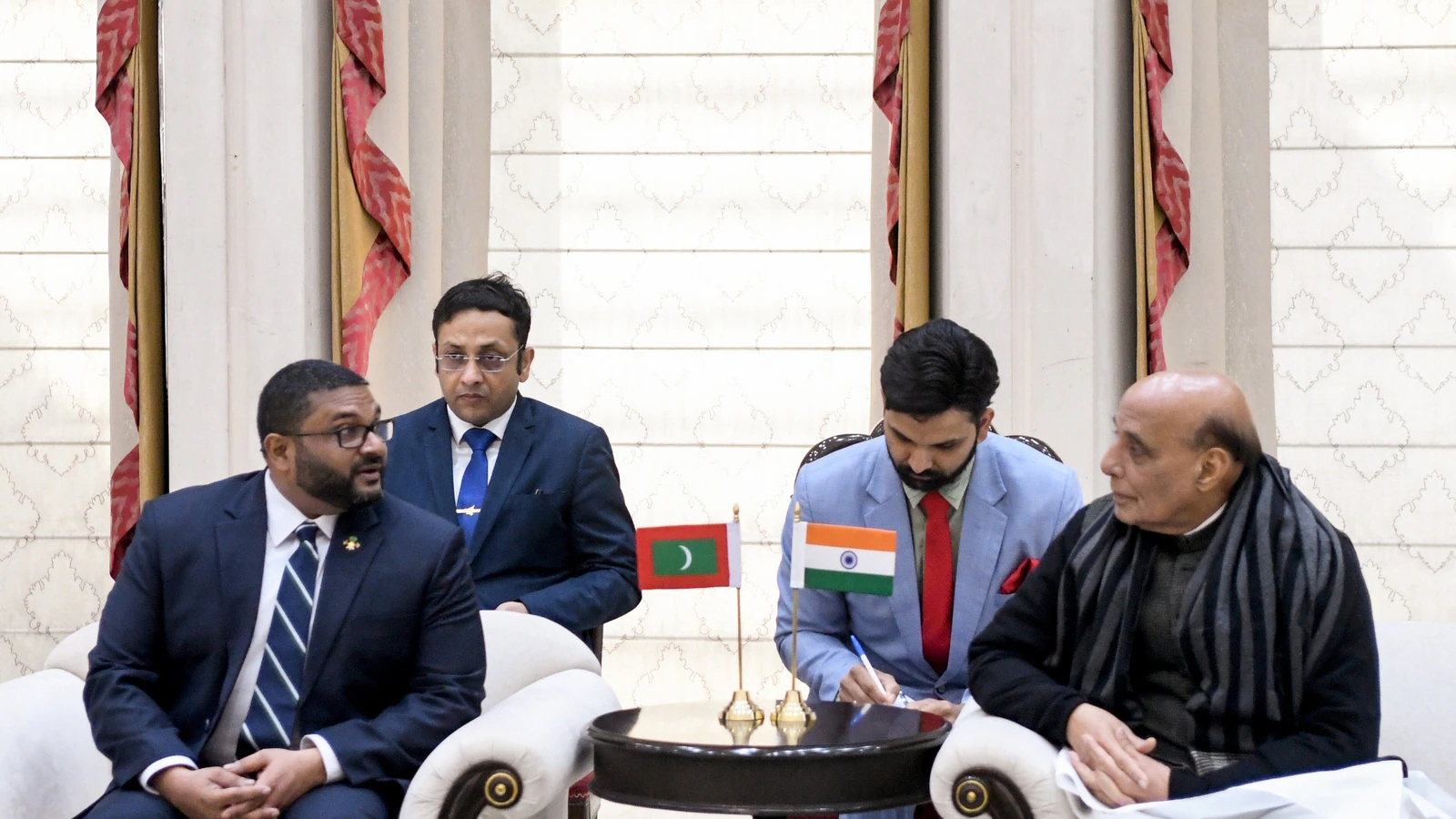

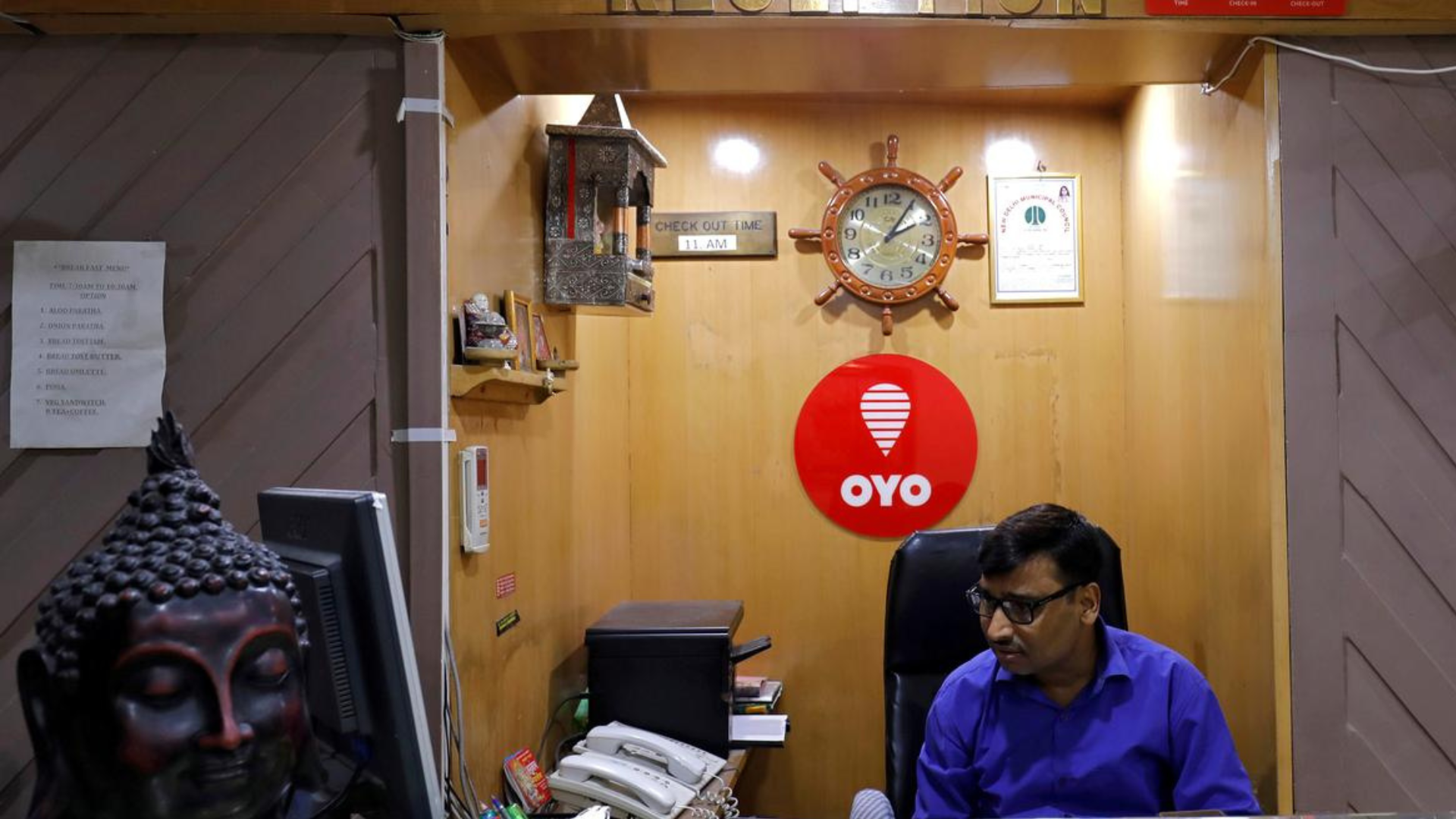

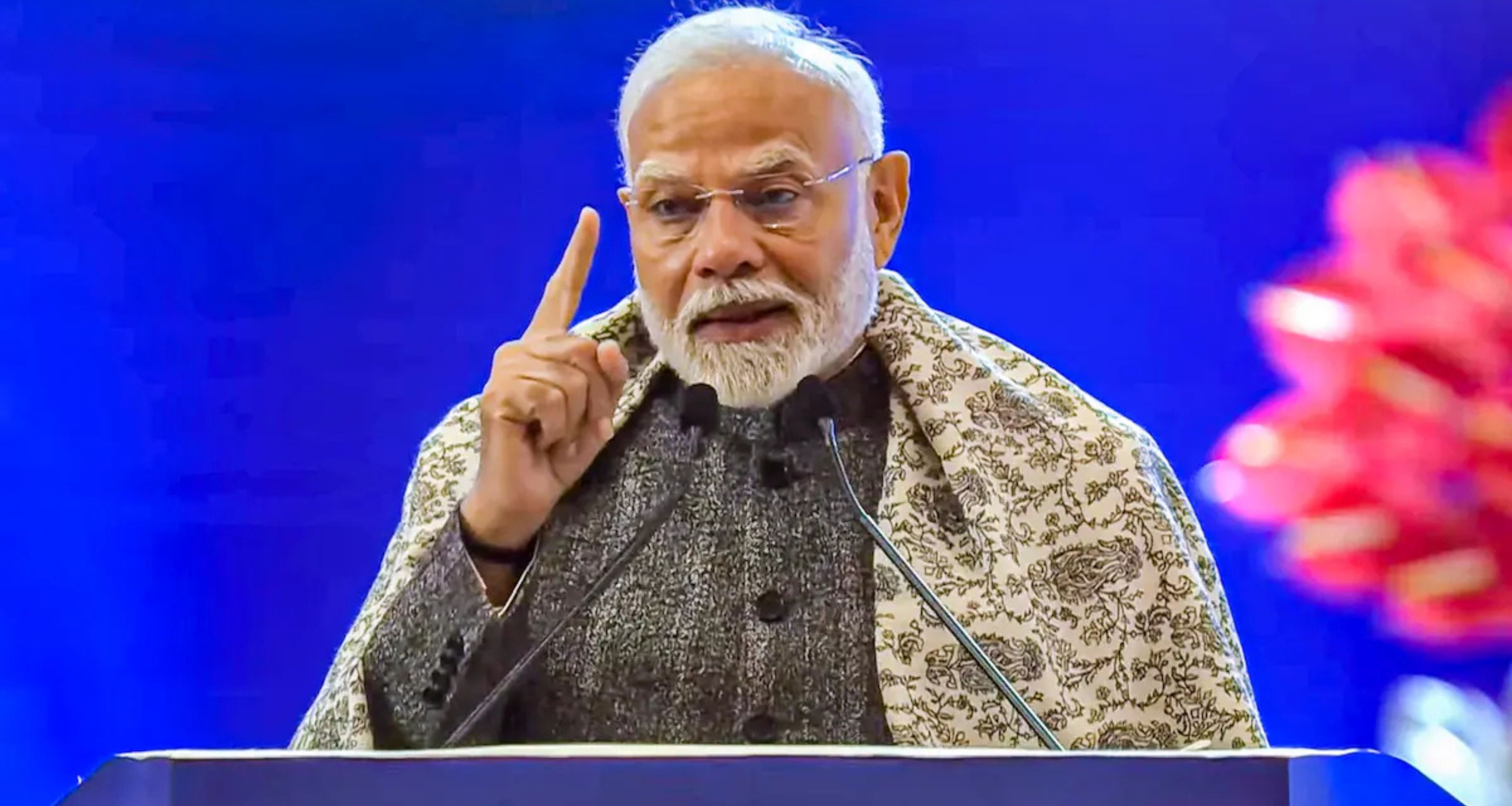
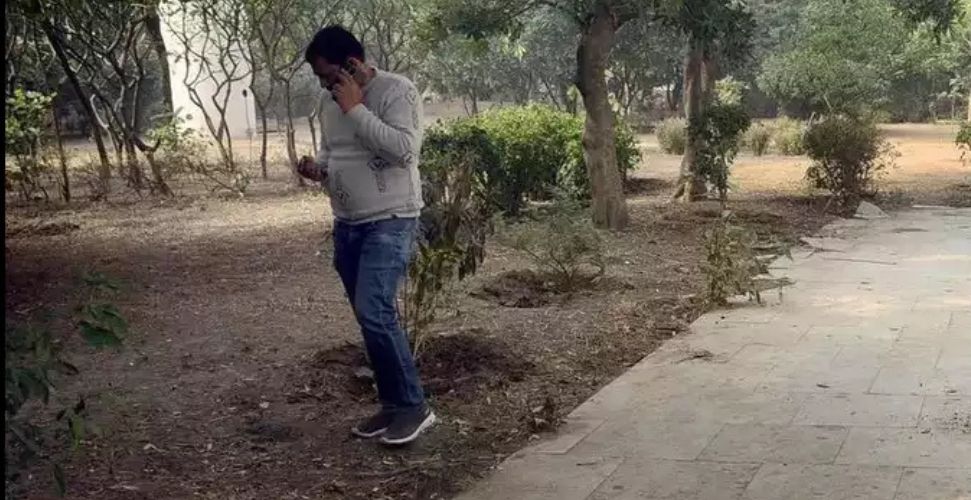

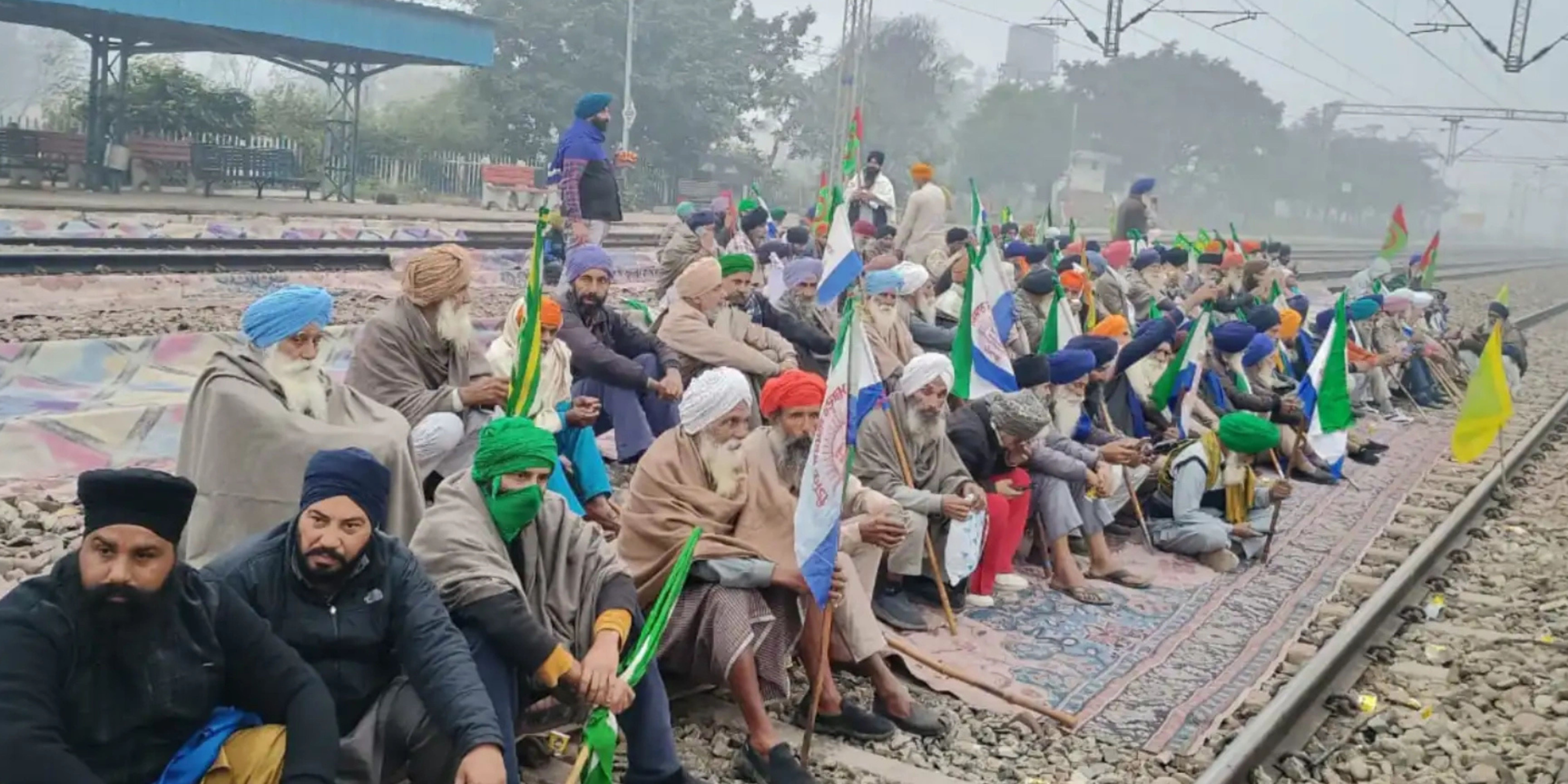
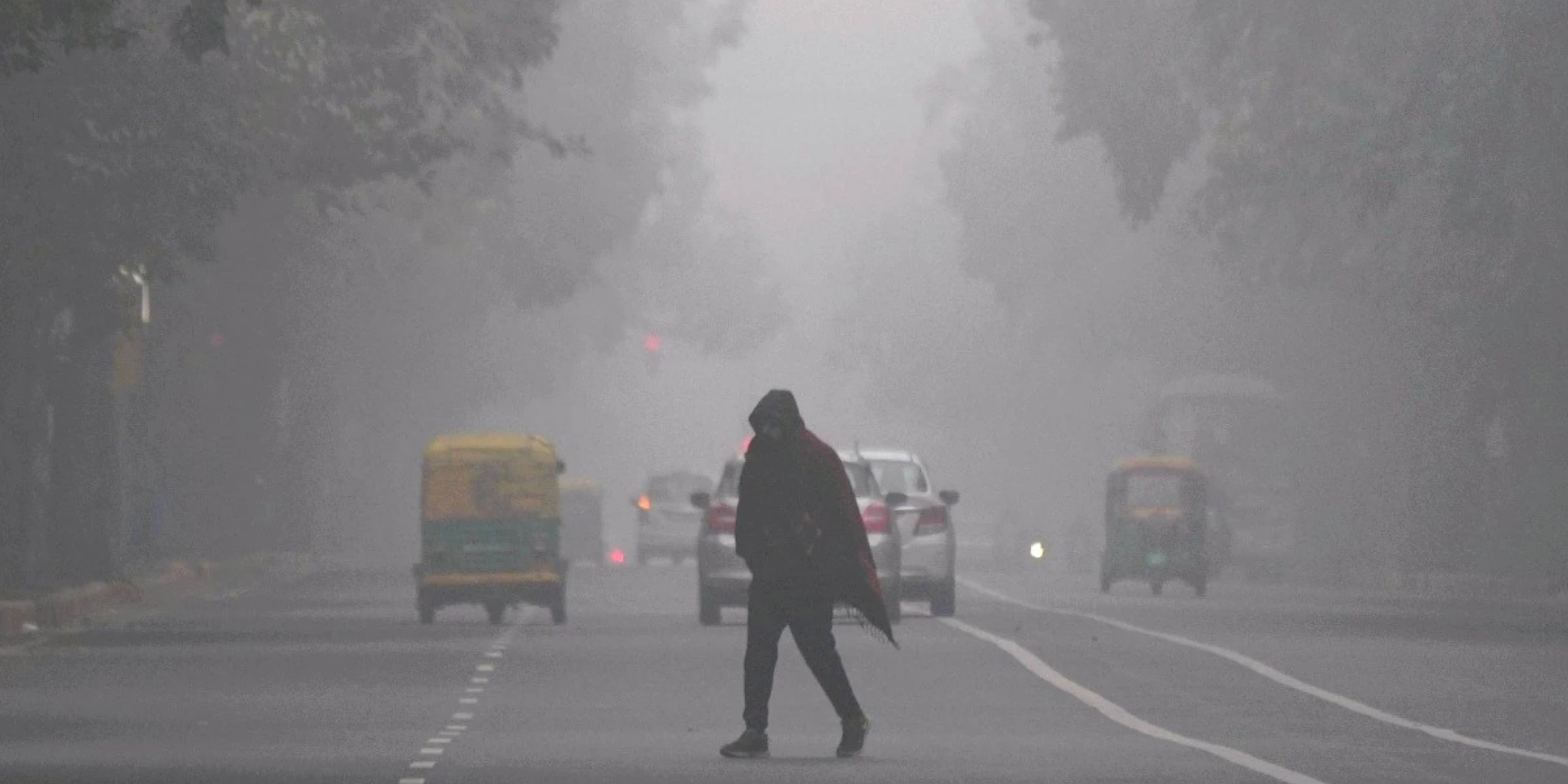




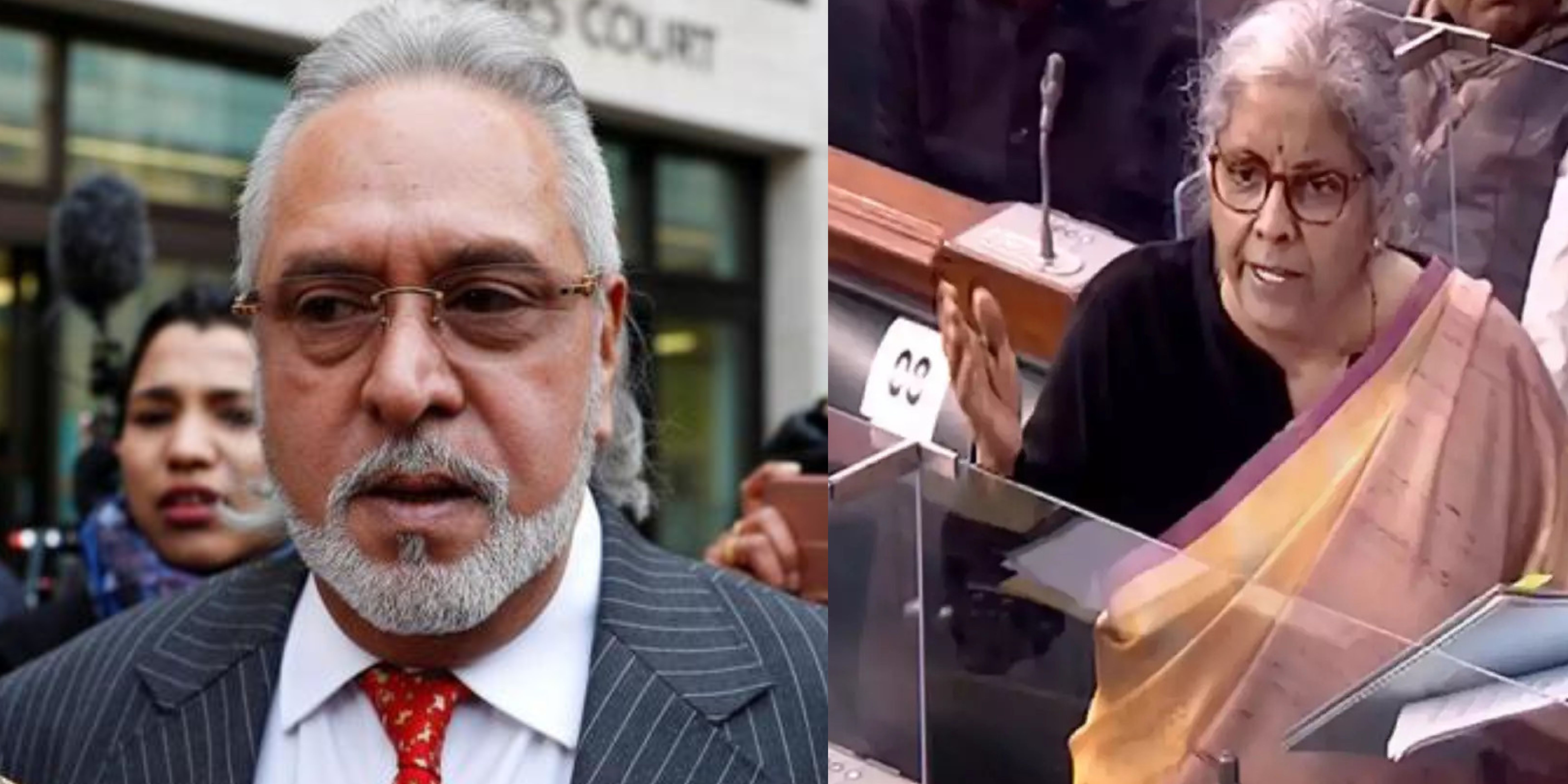
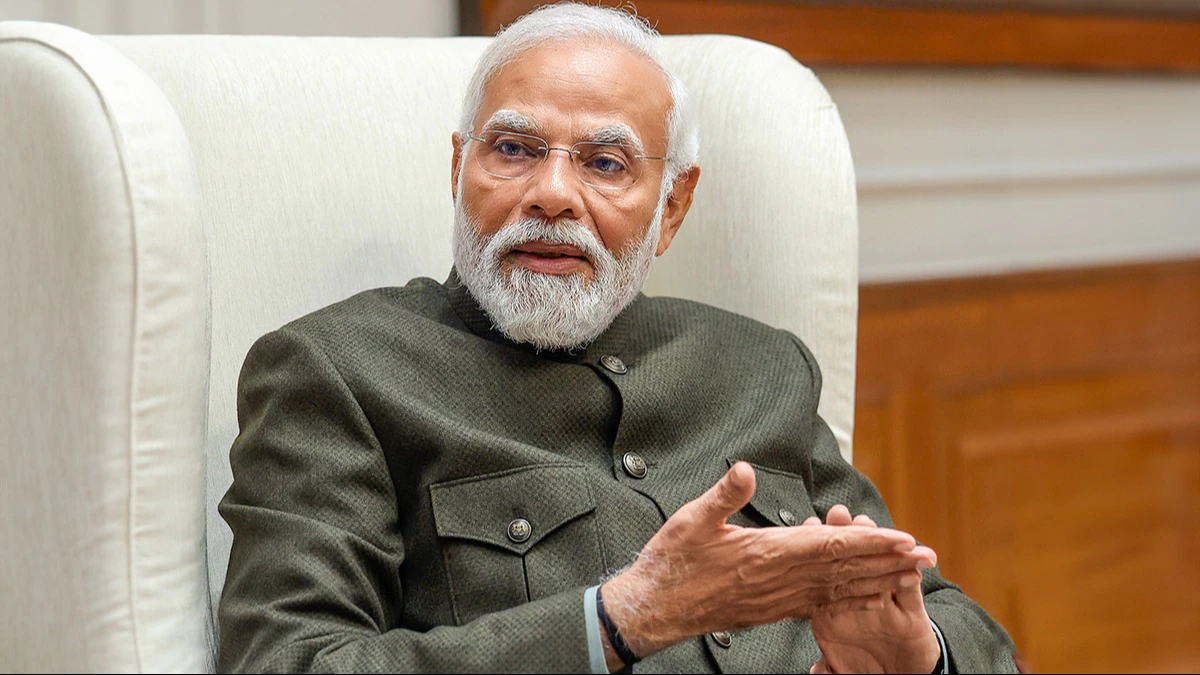








.jfif)



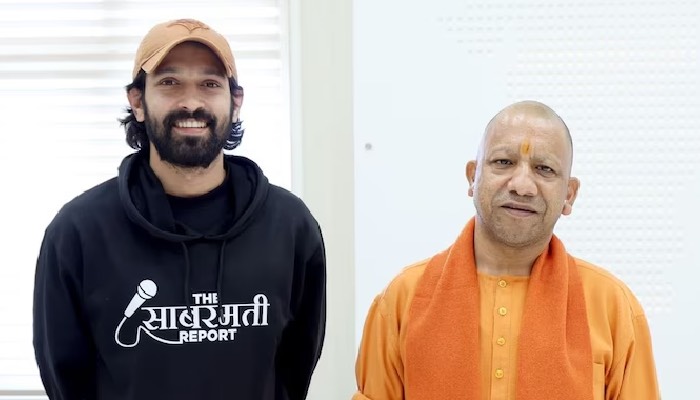

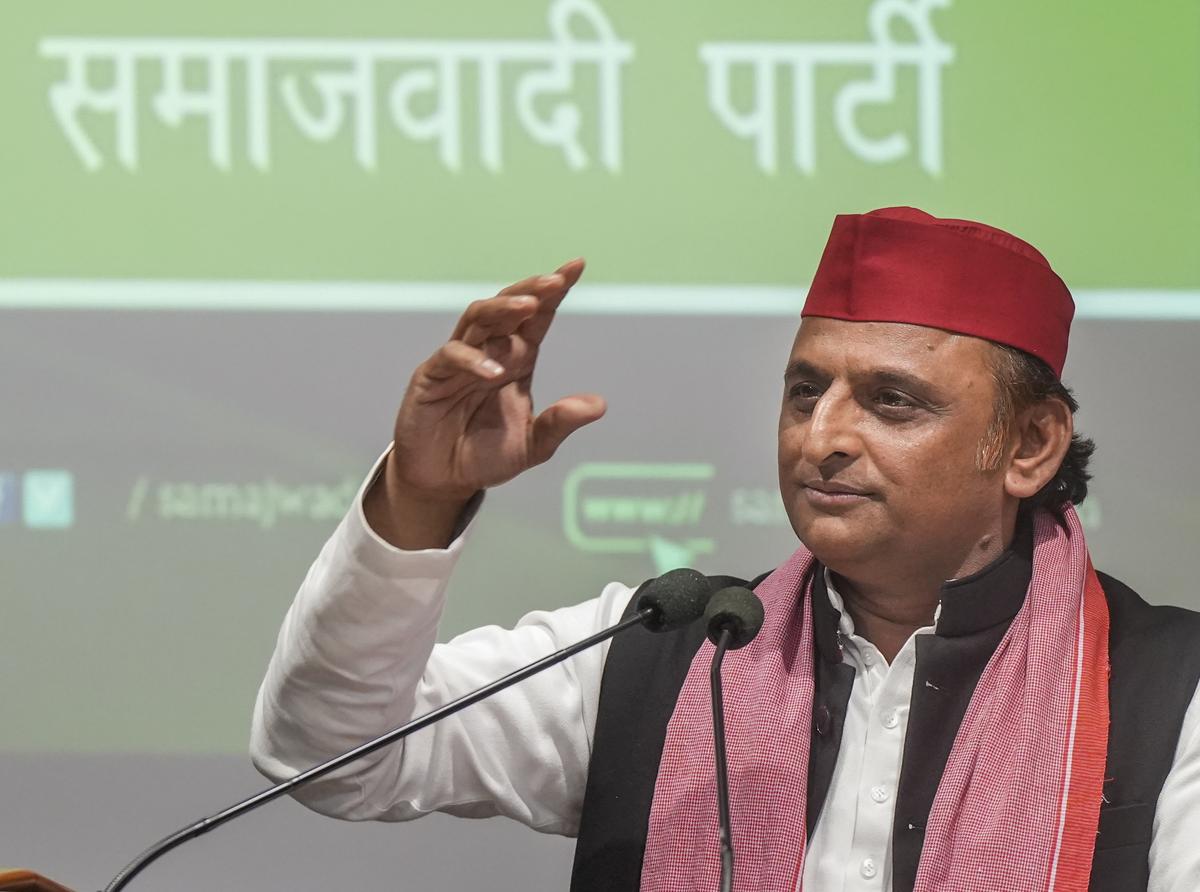

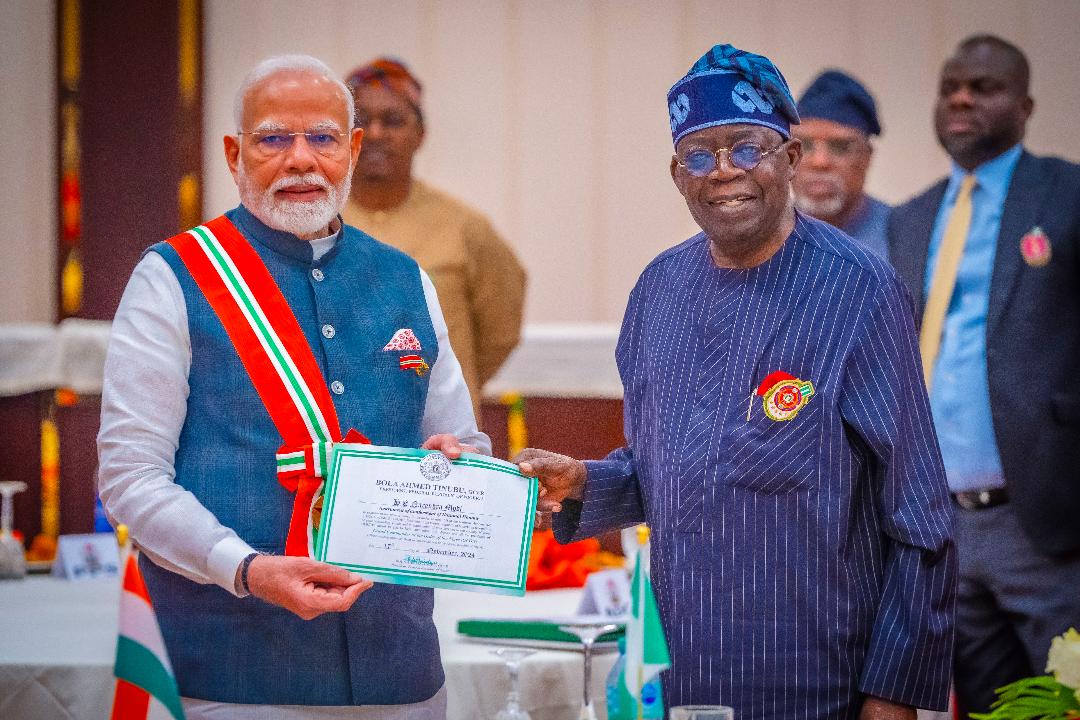

.jpg)

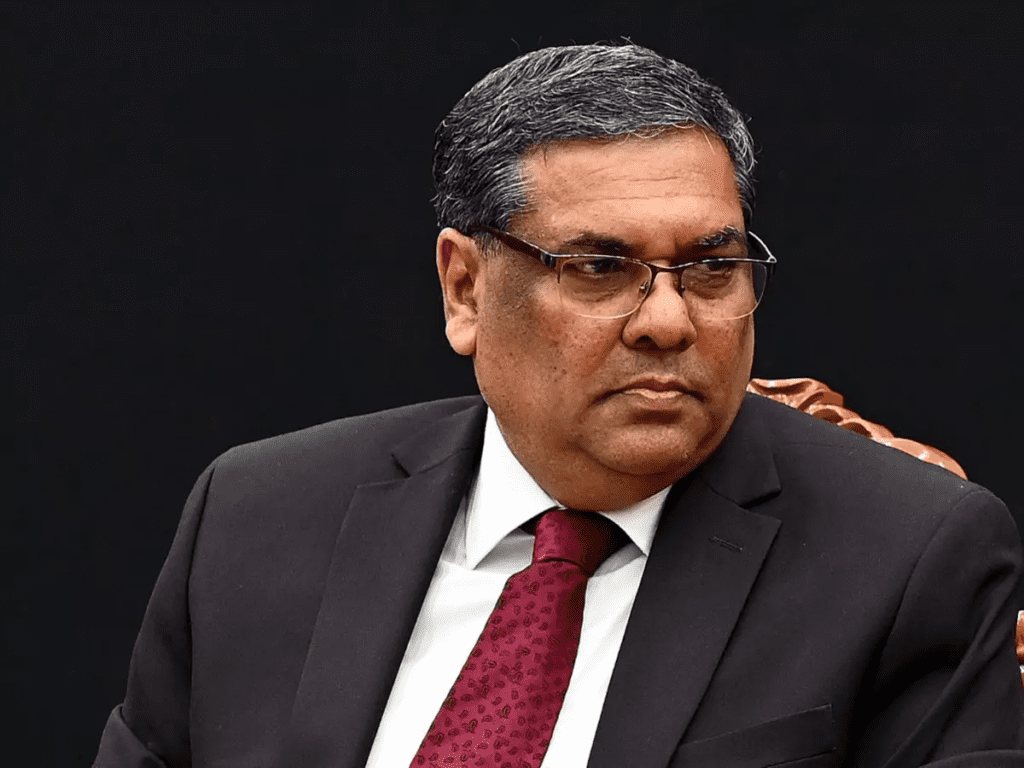

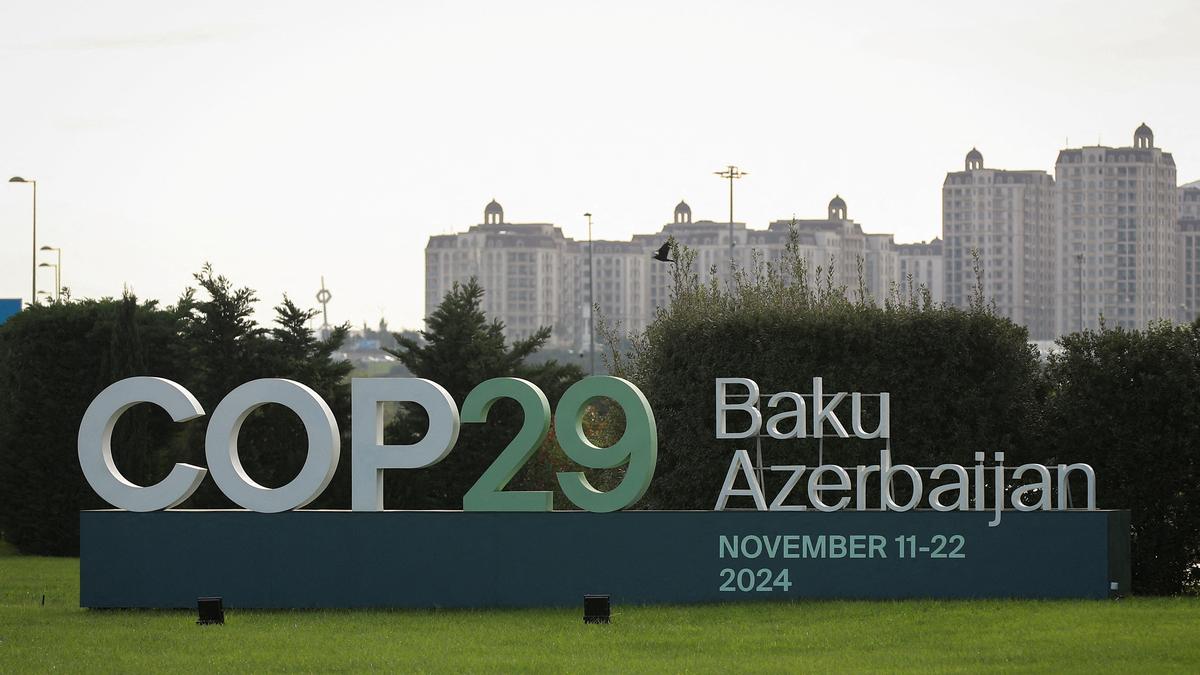

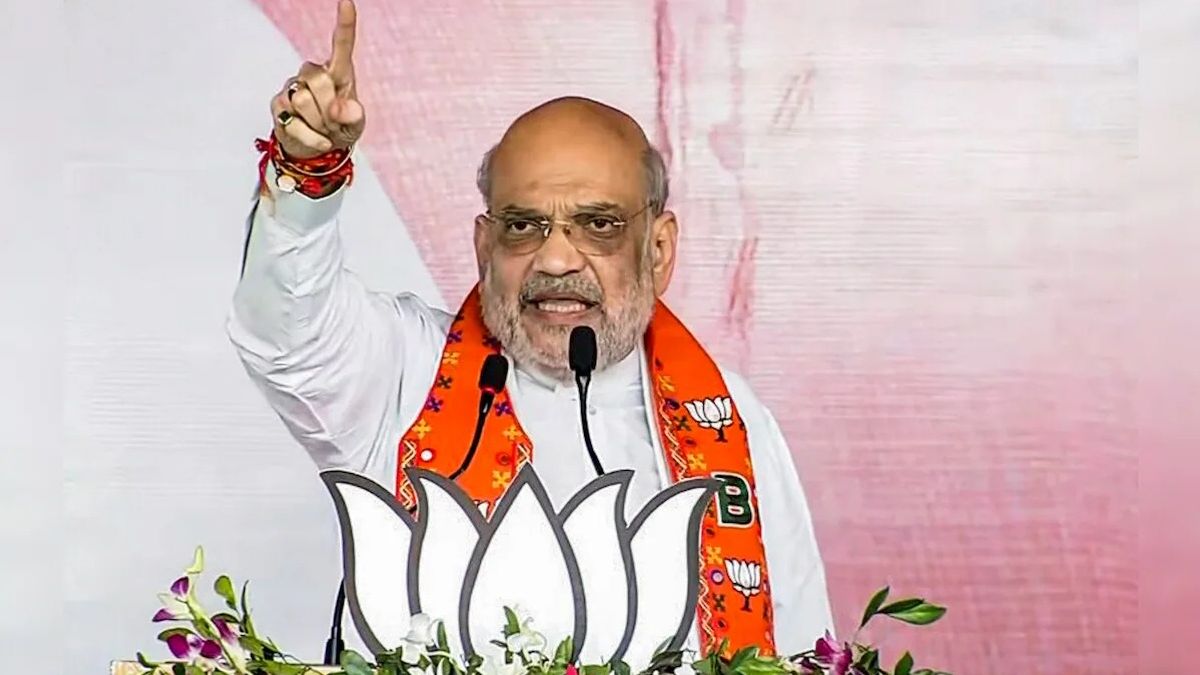
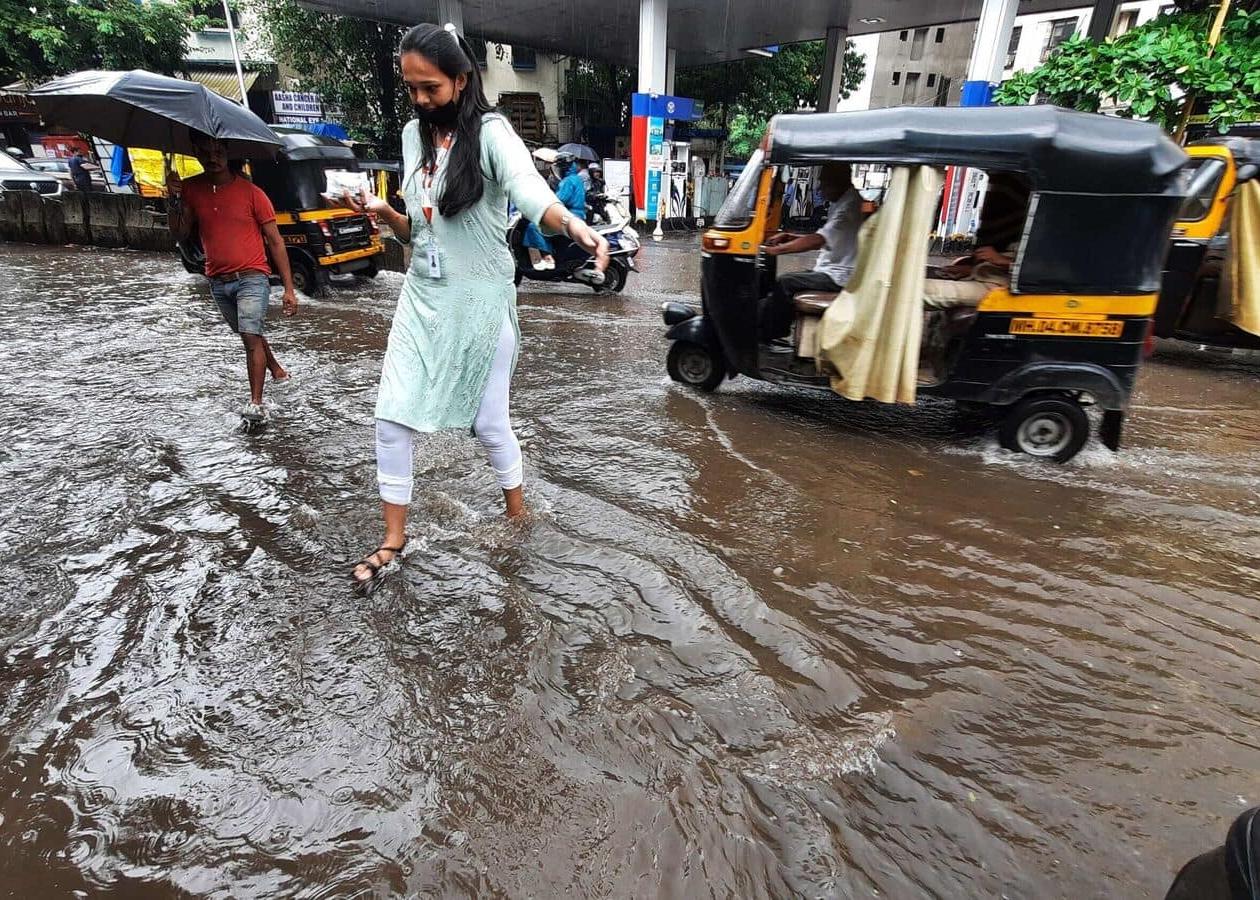
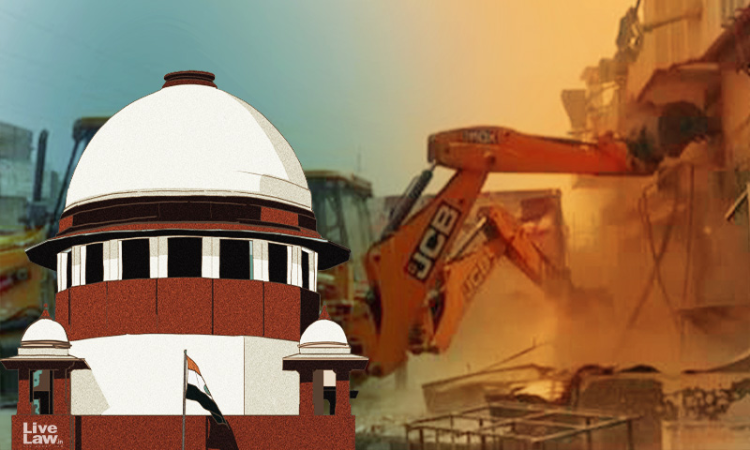


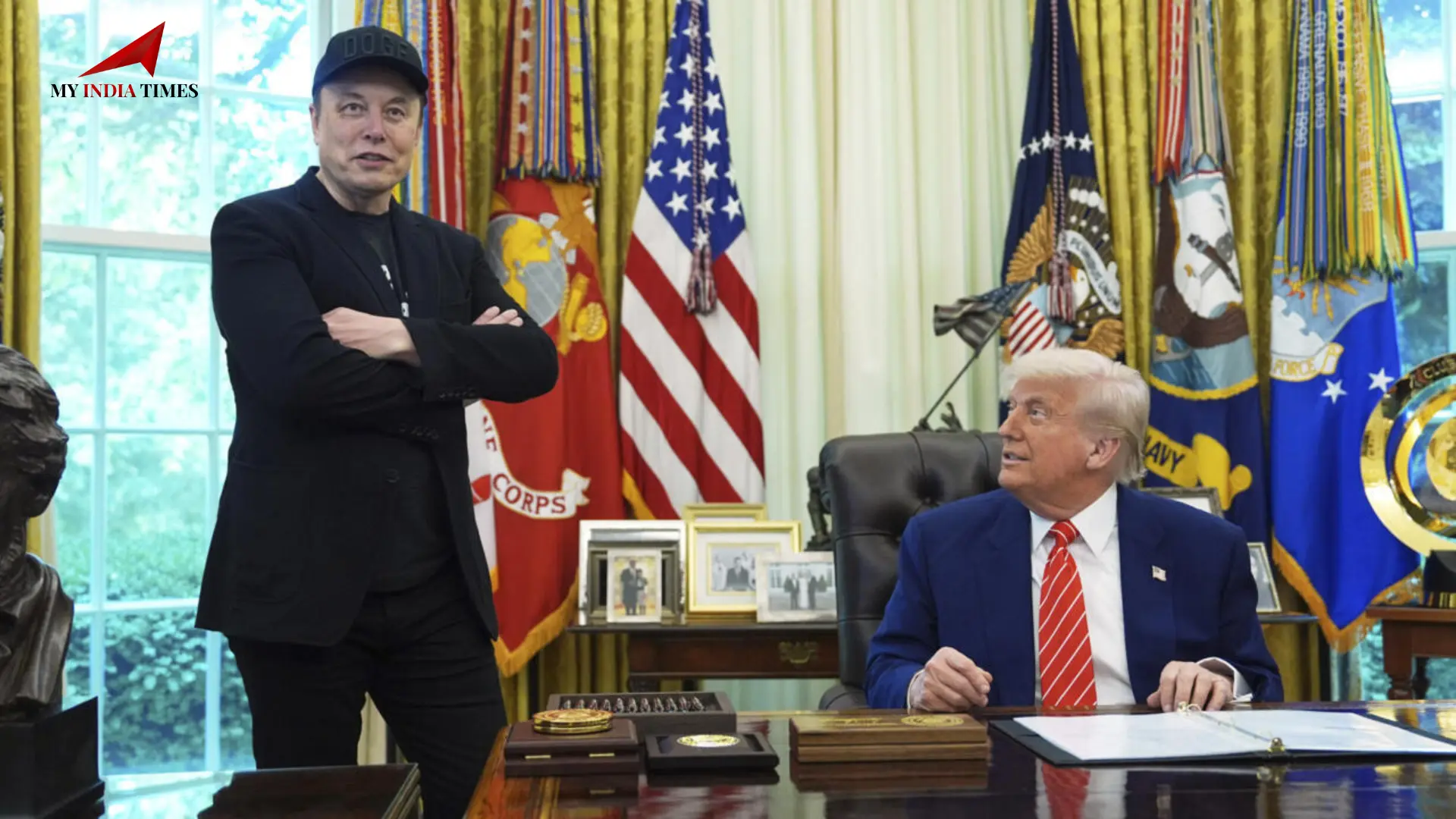

















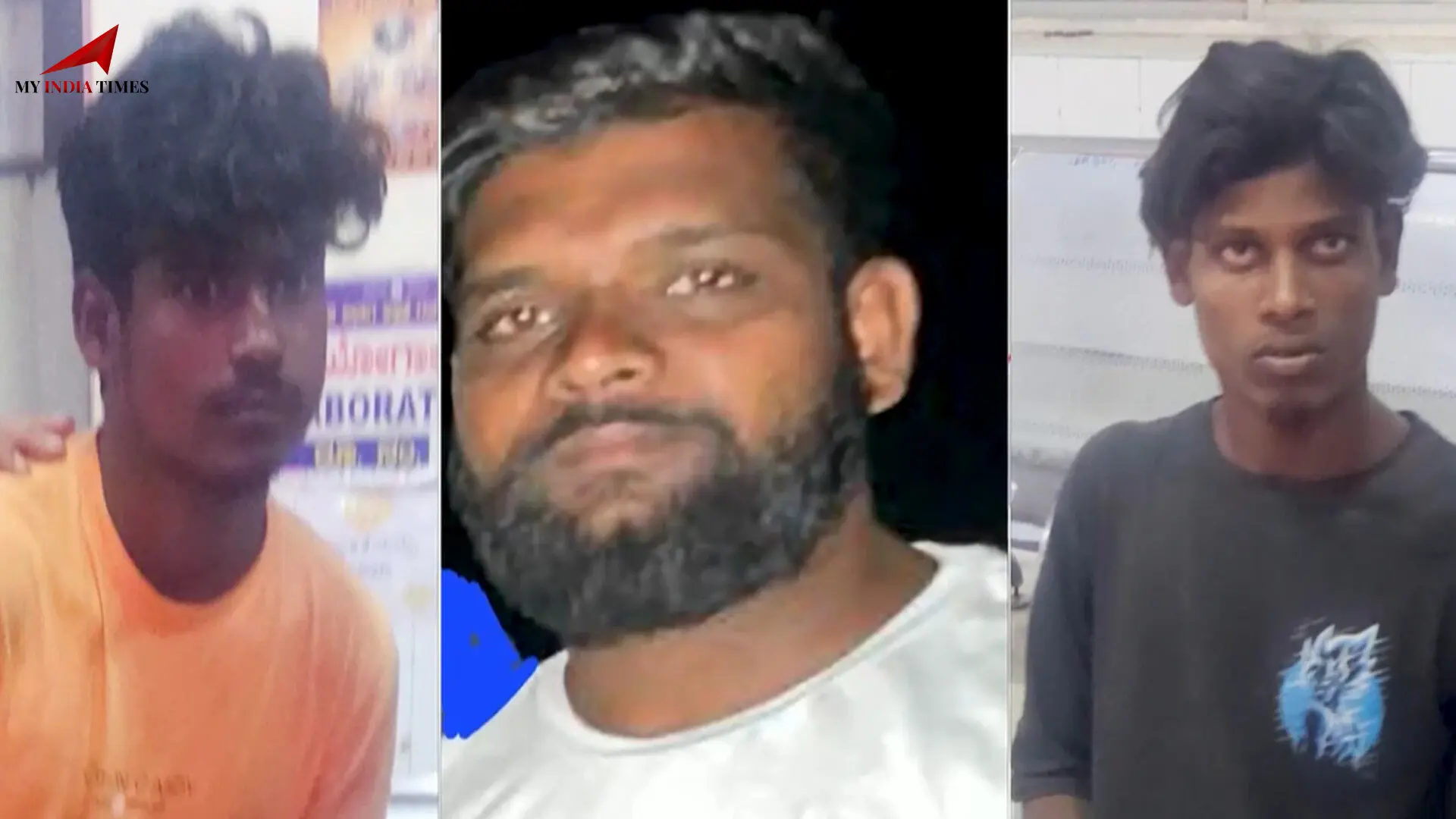
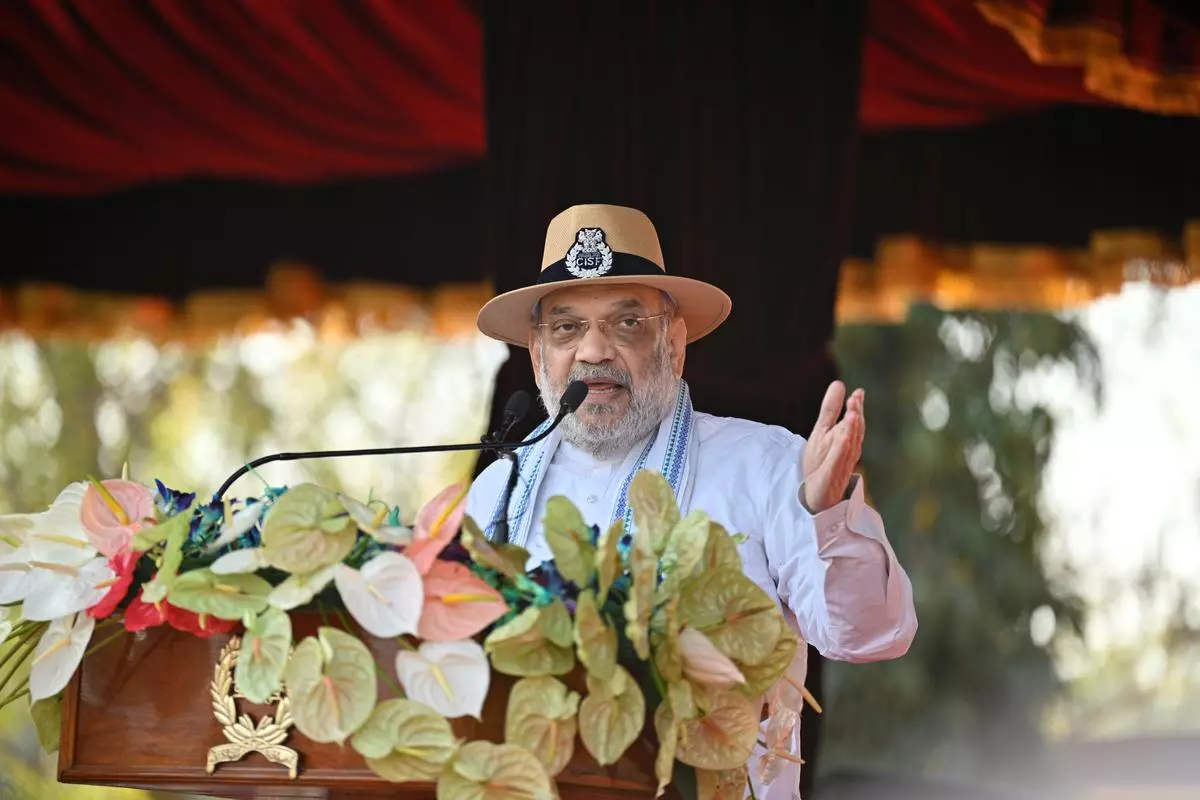








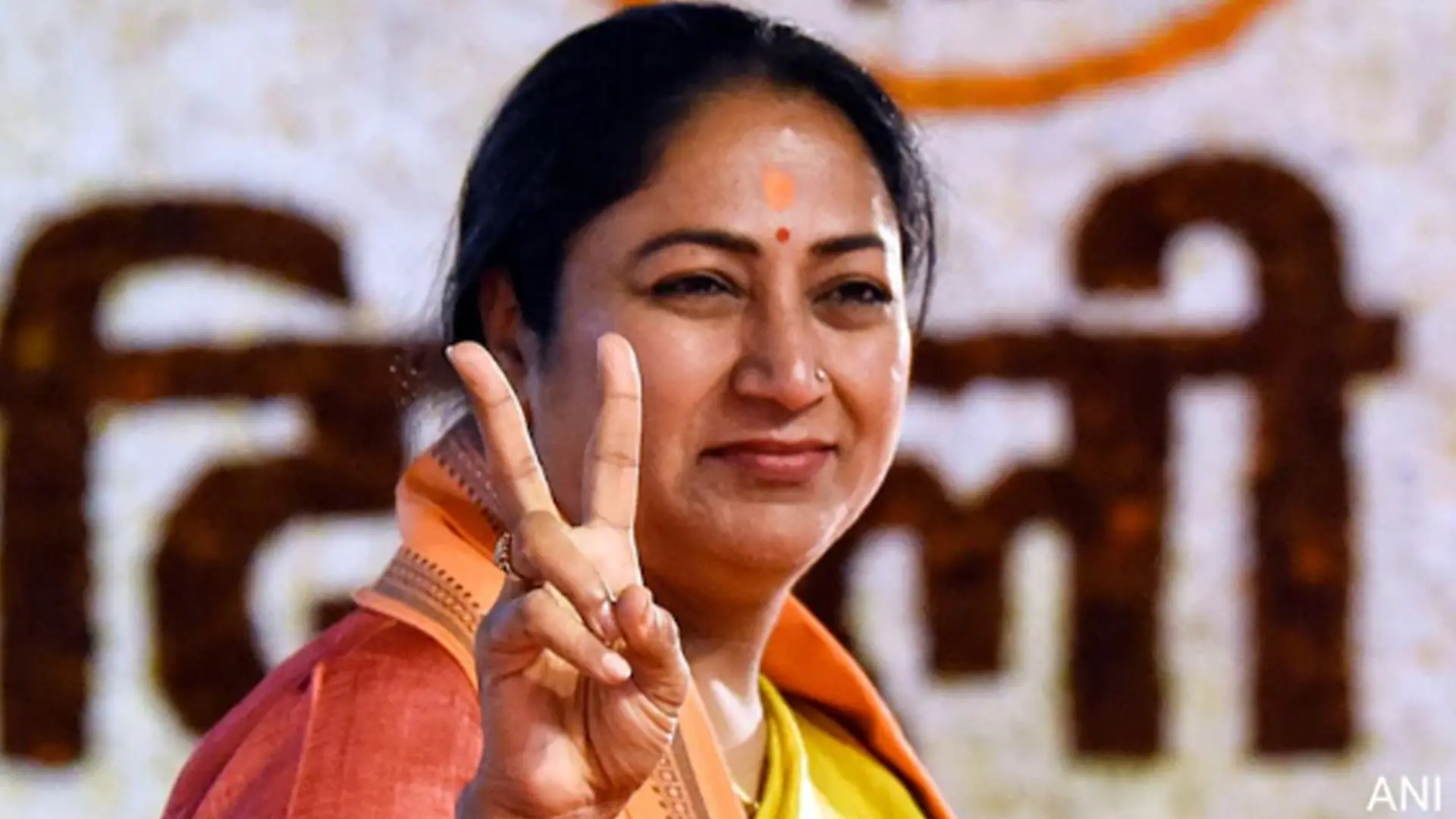


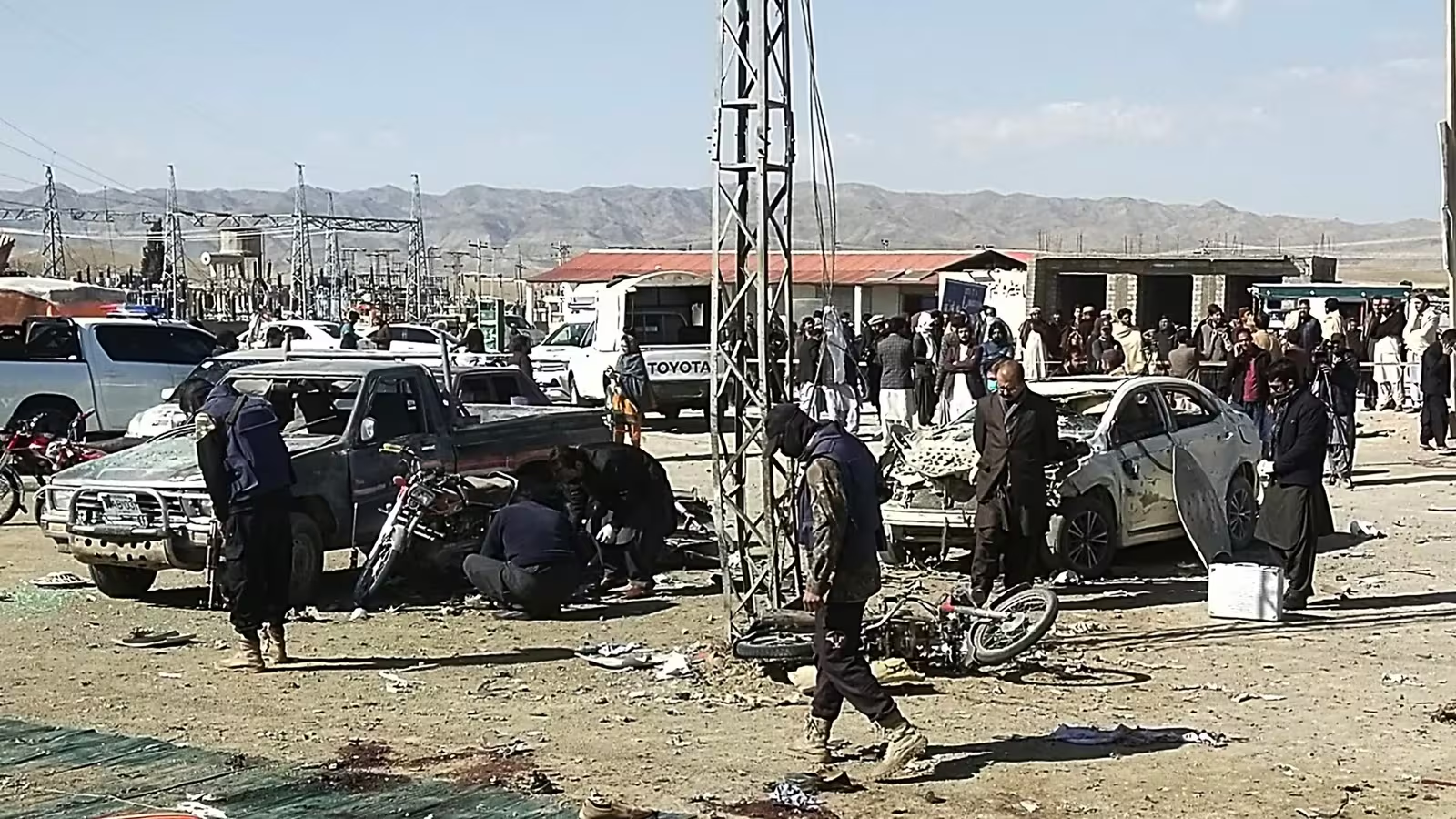
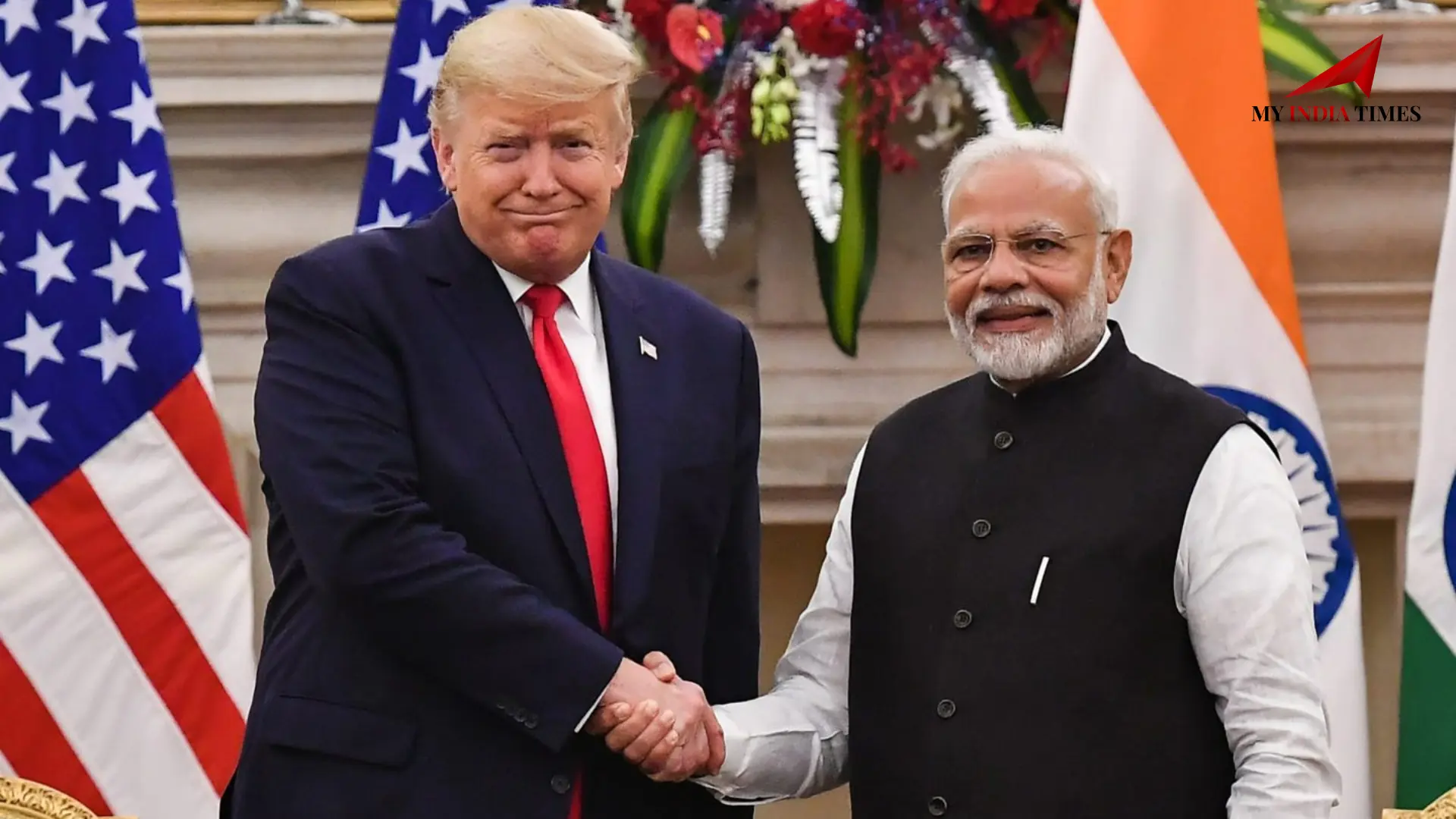
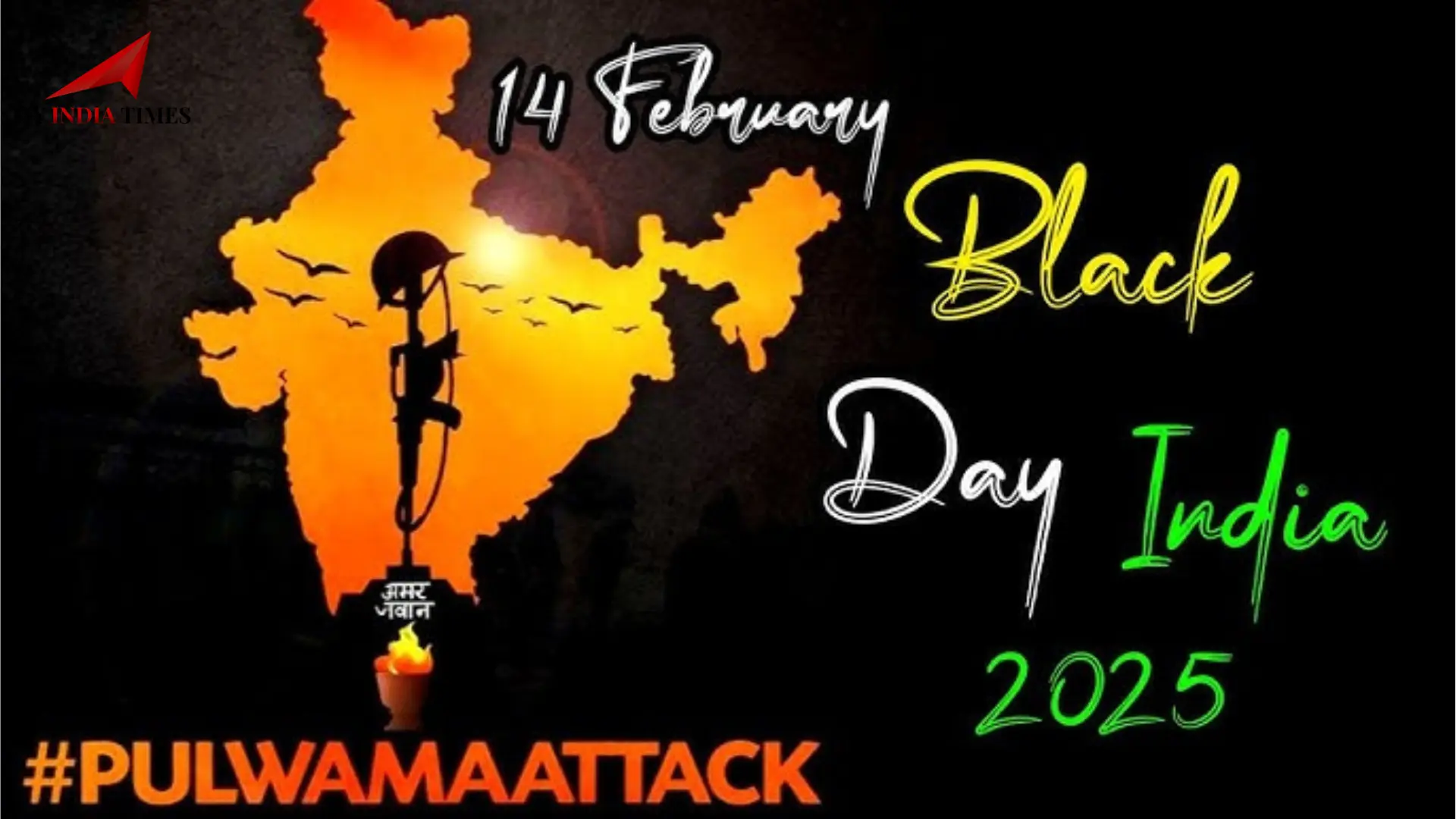
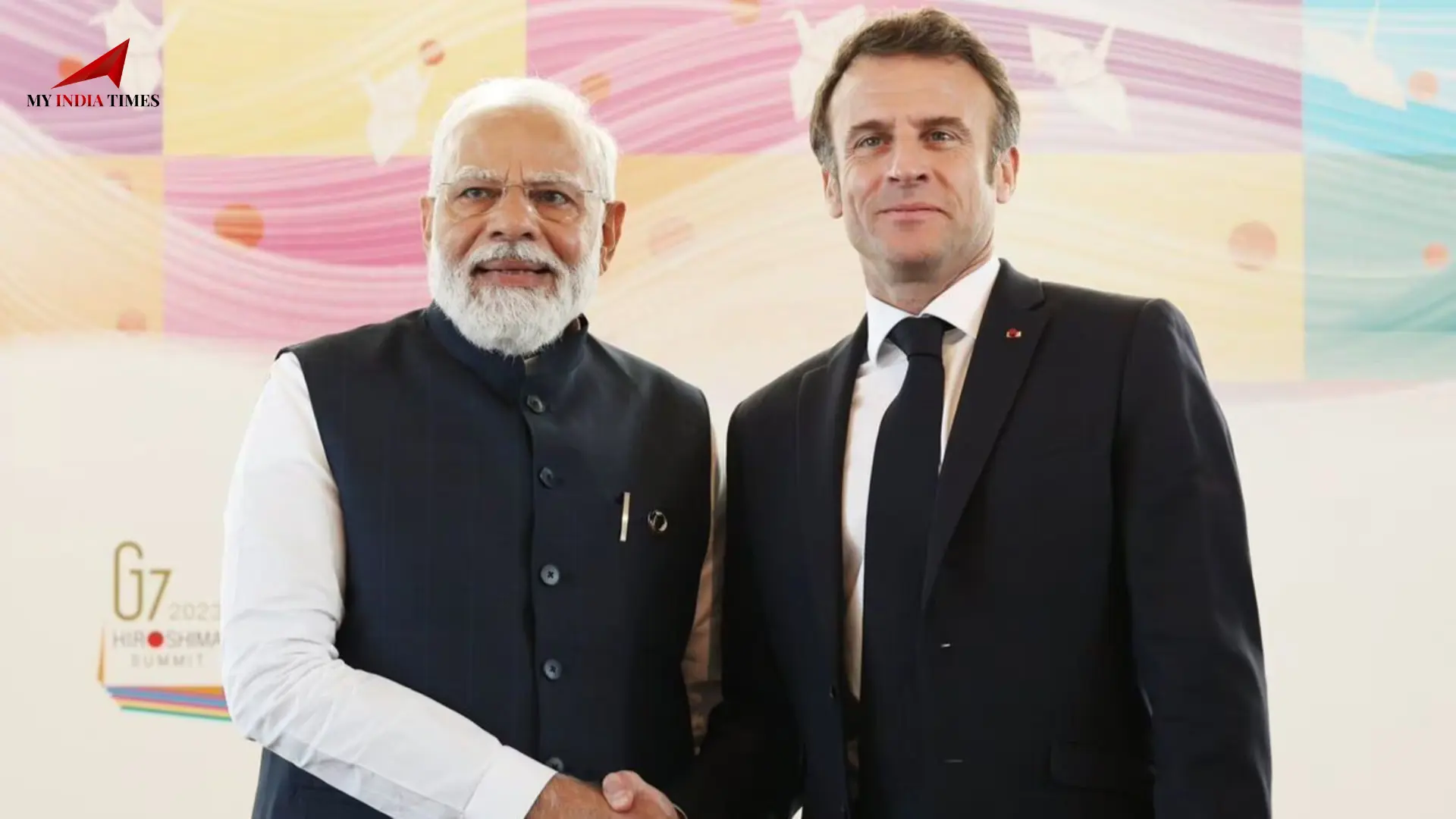

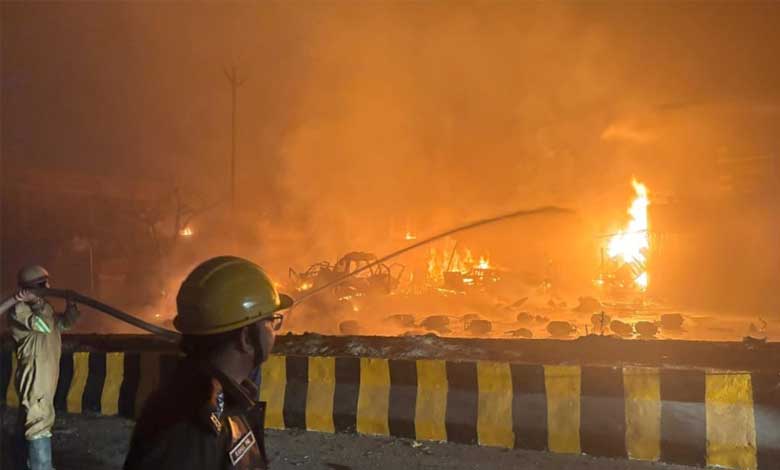




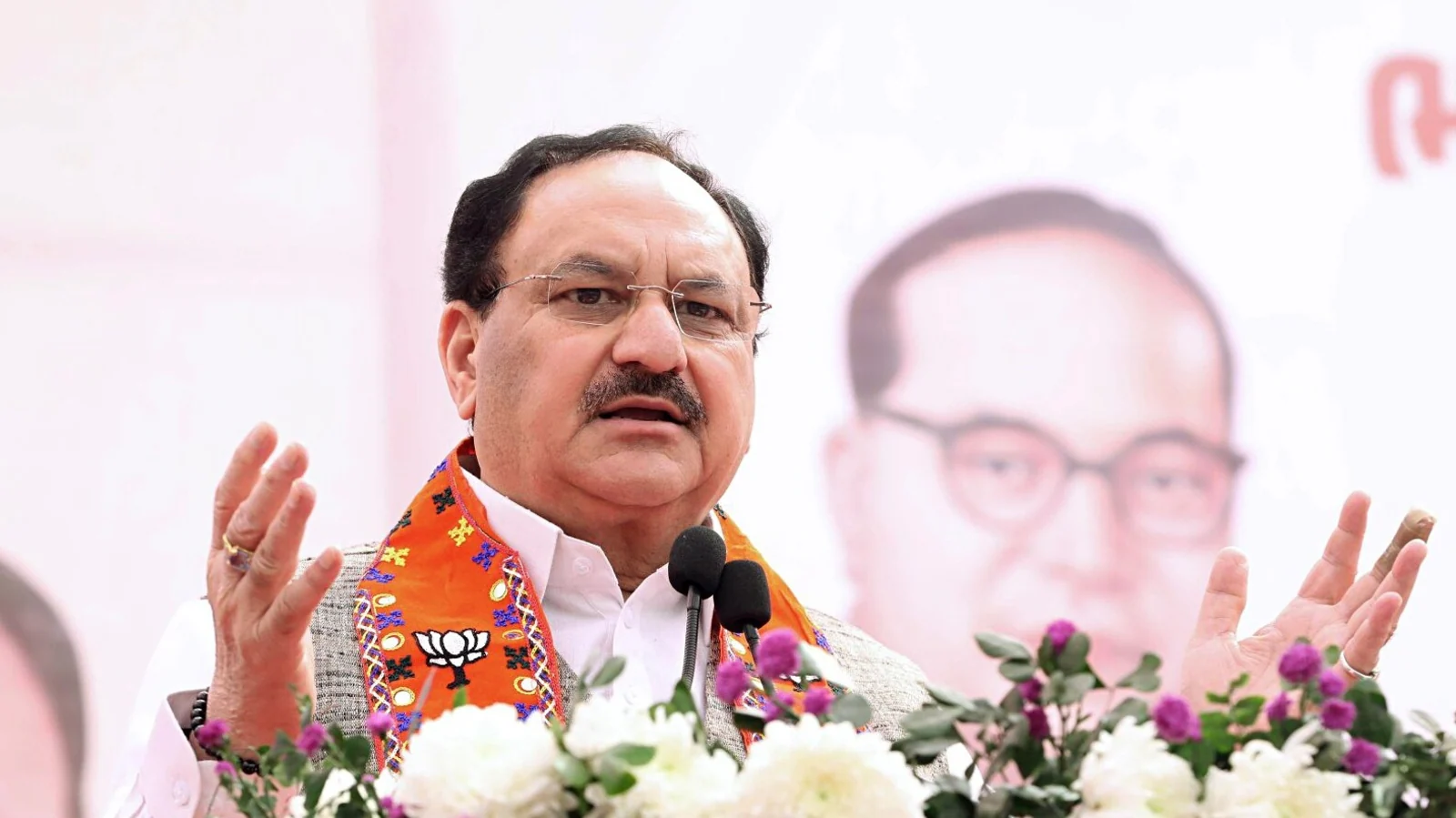
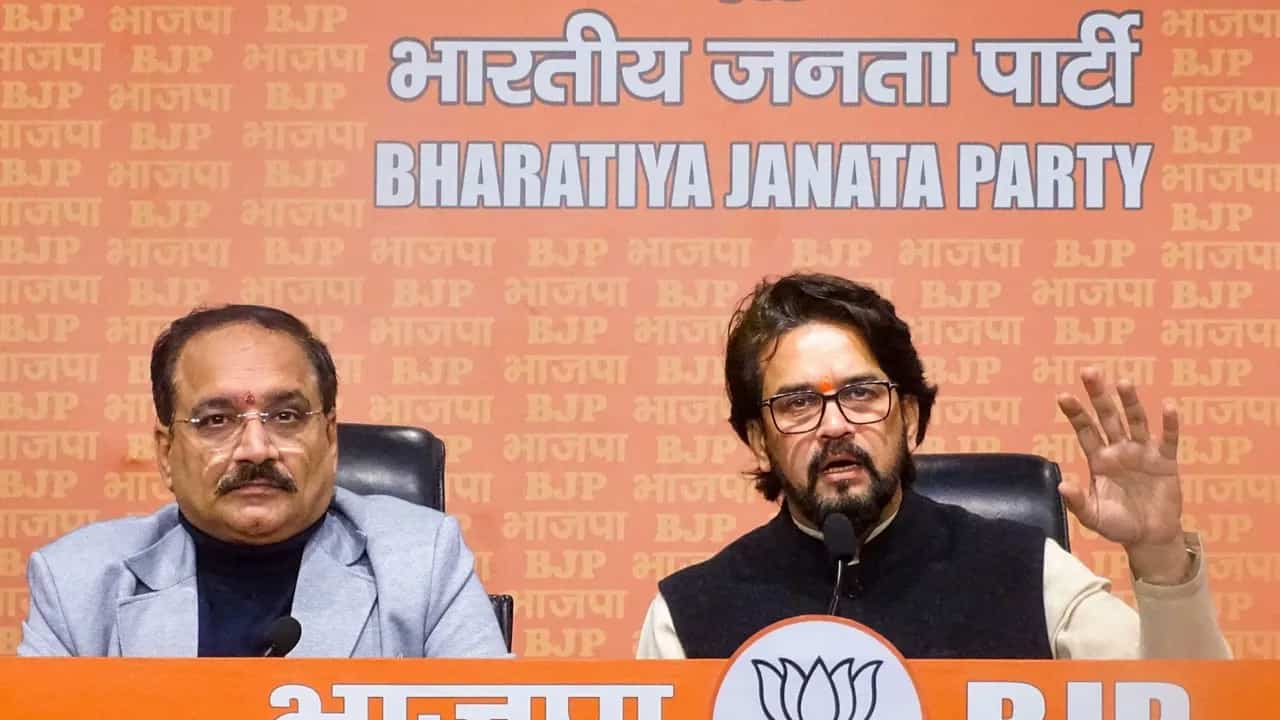


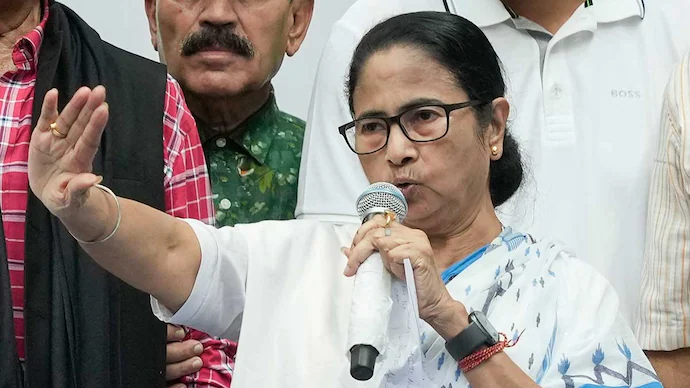
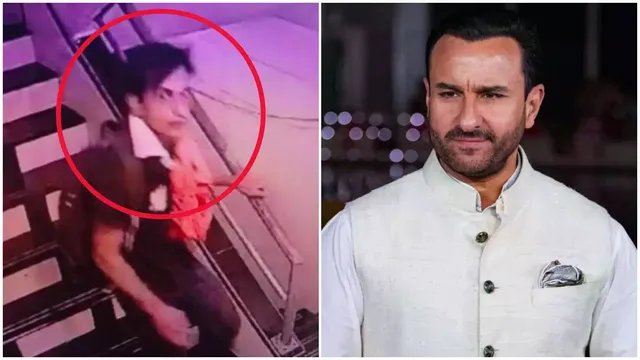





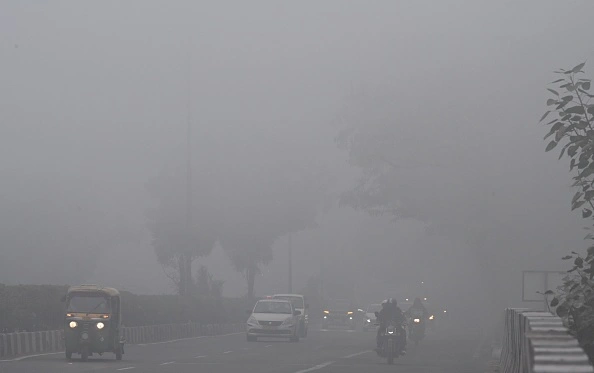

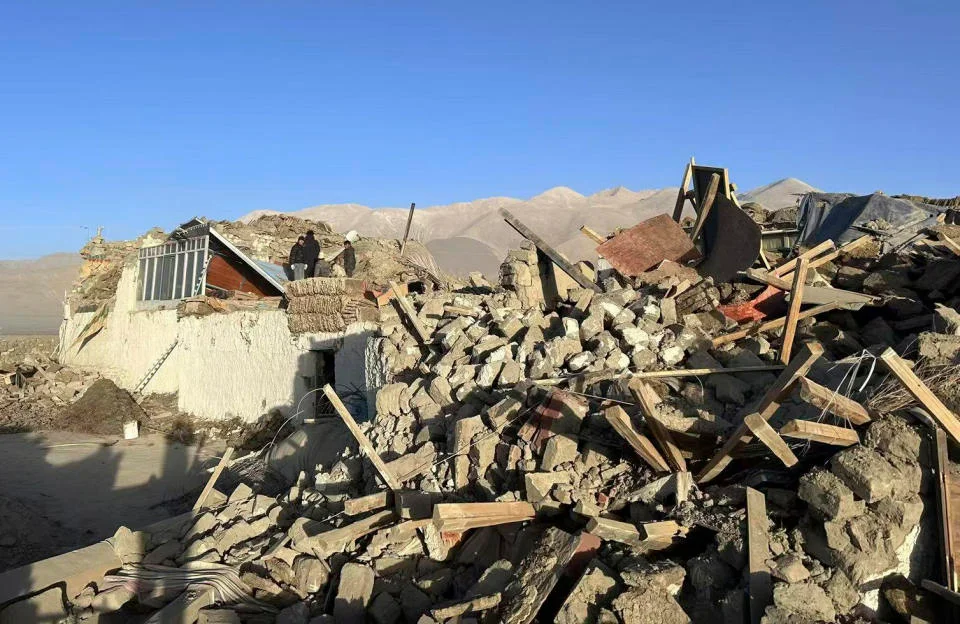


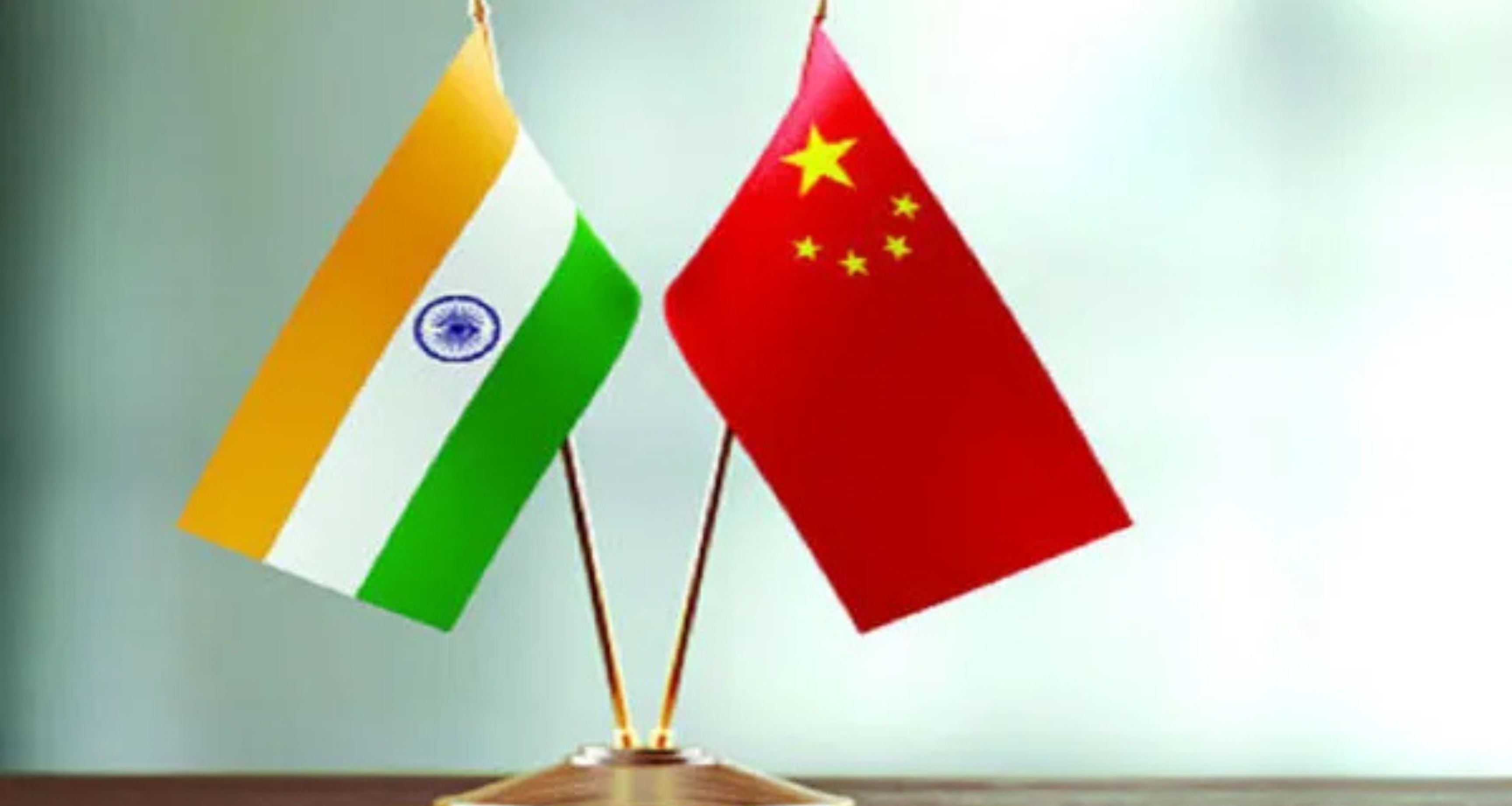
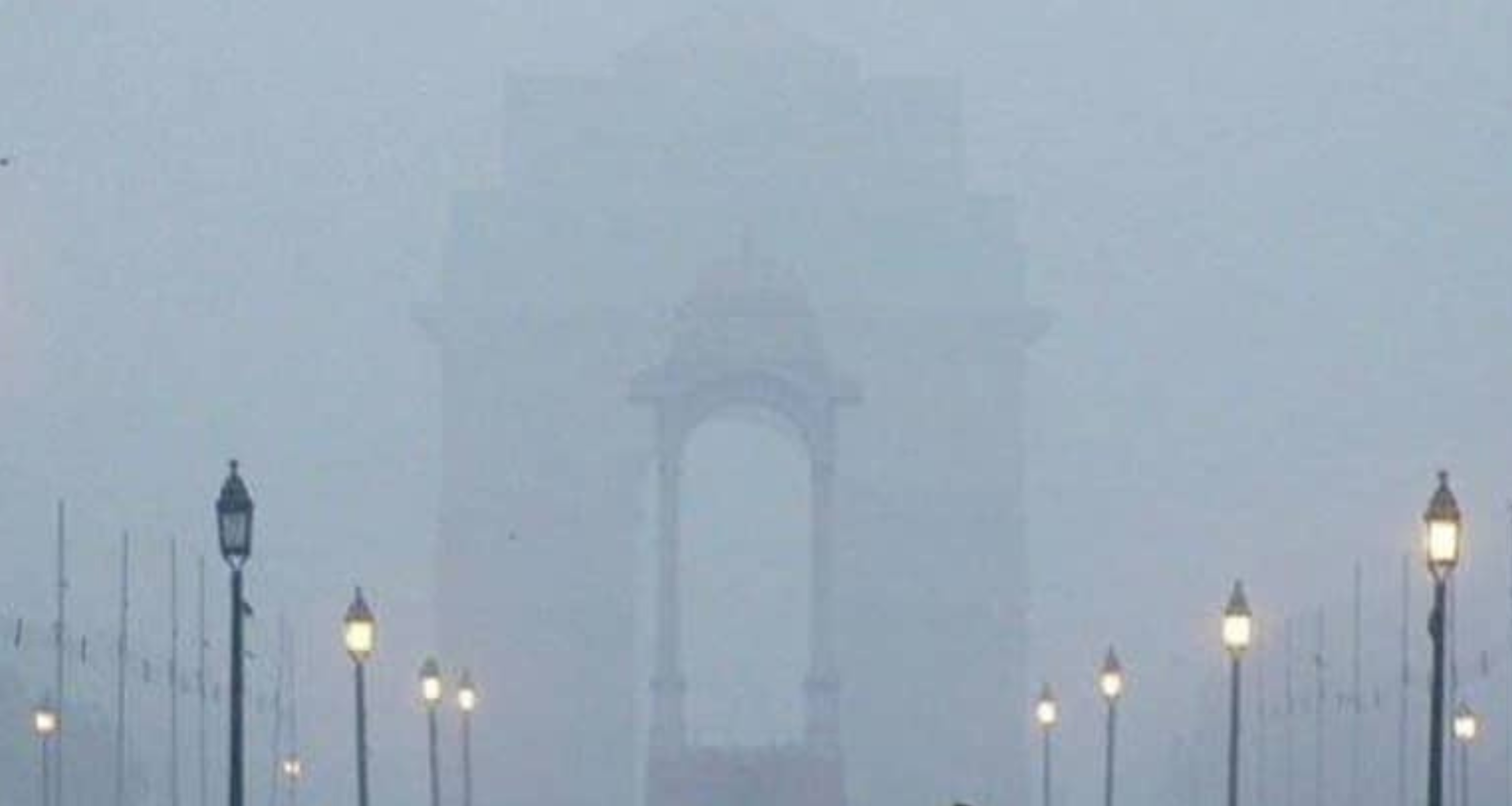



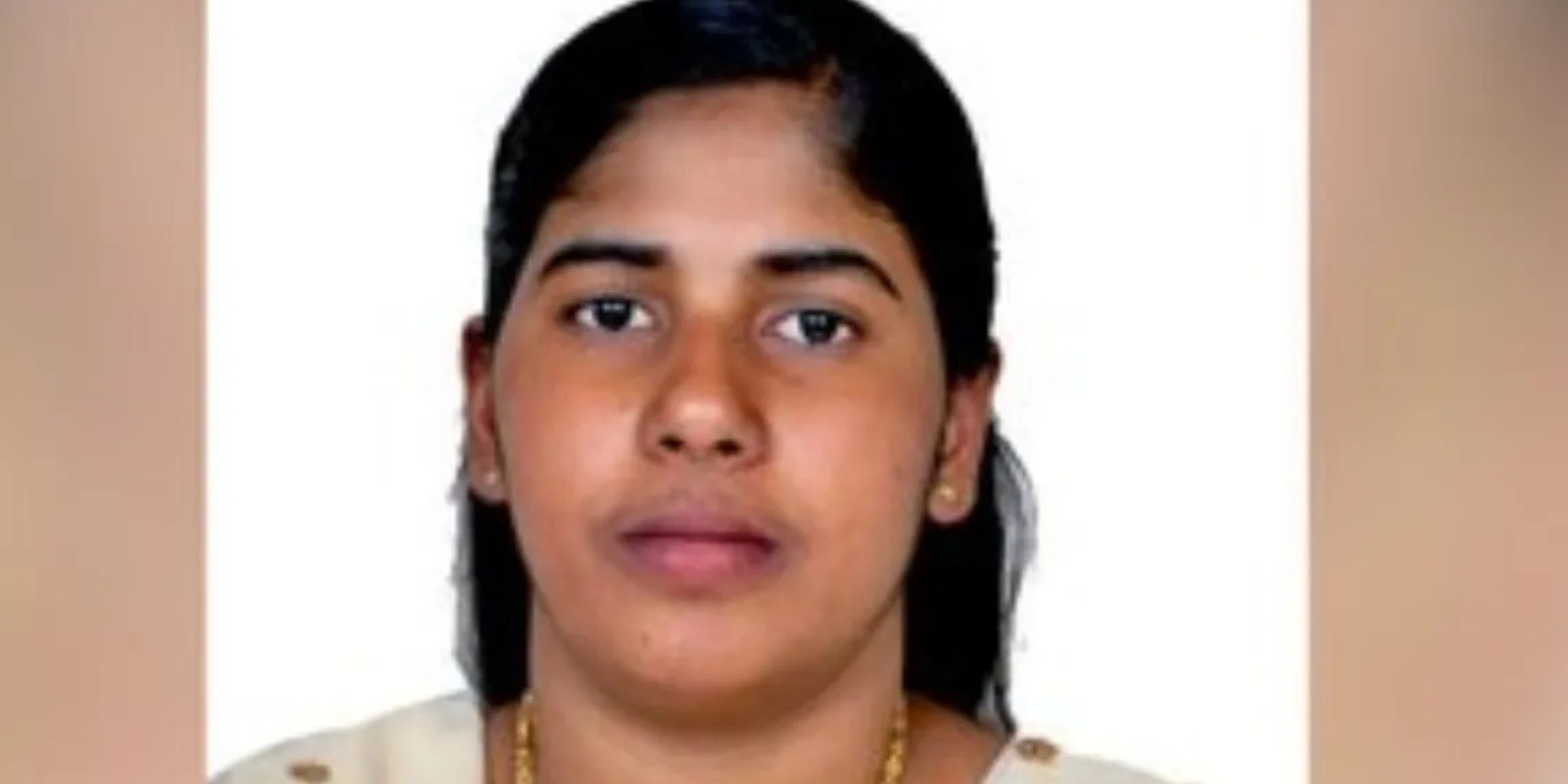

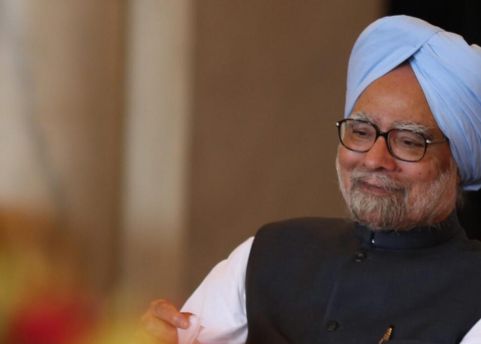









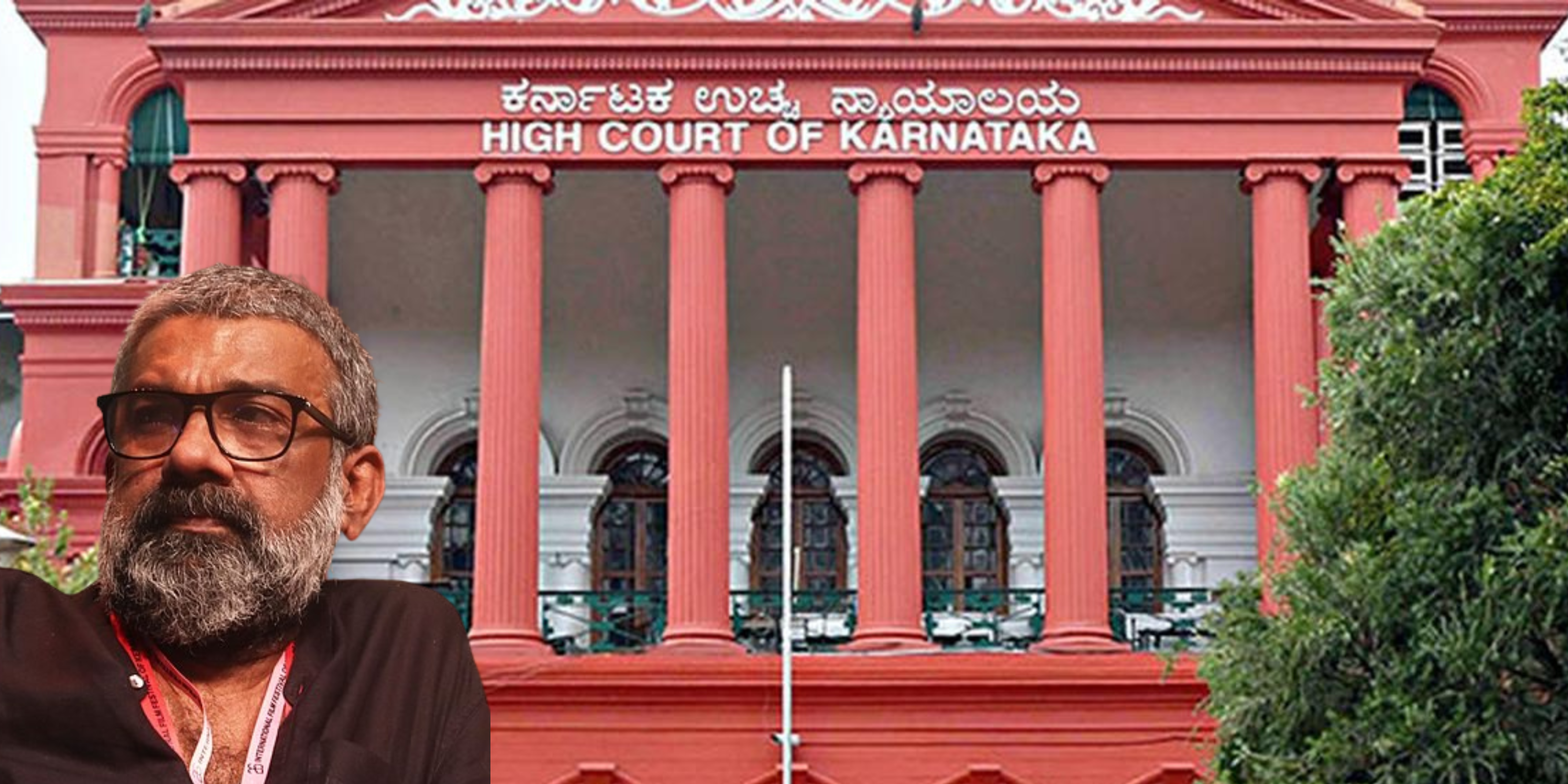
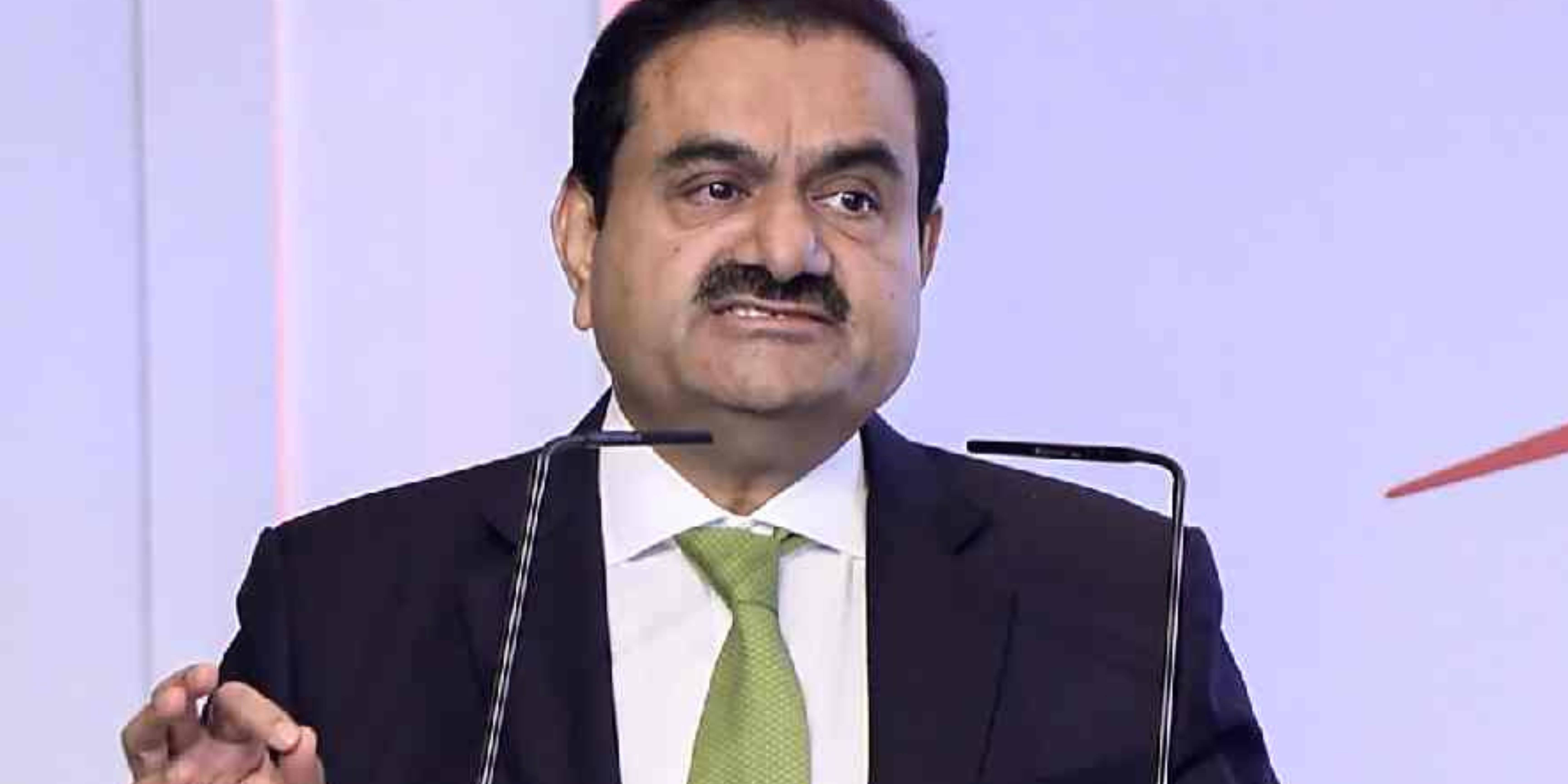

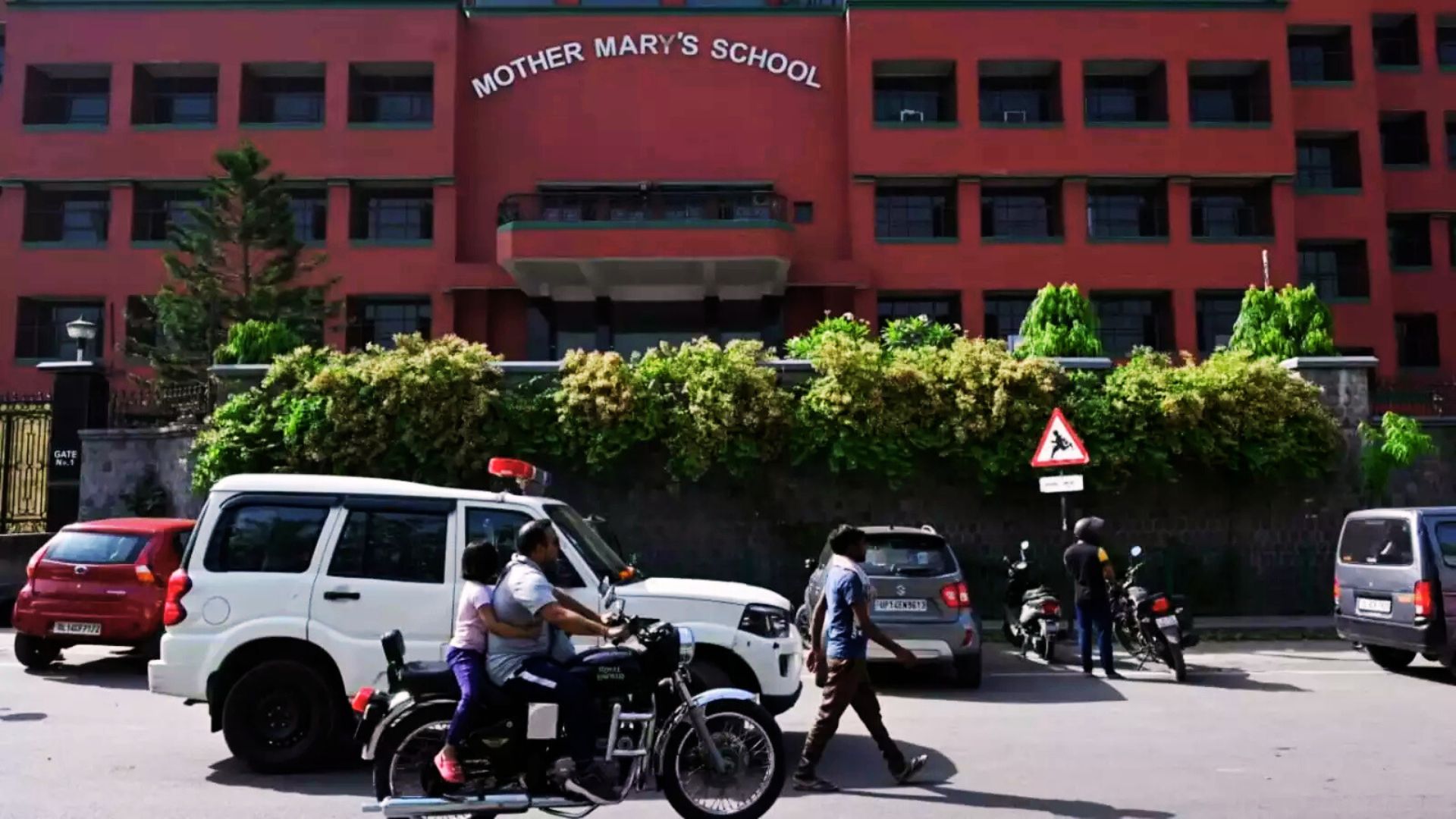

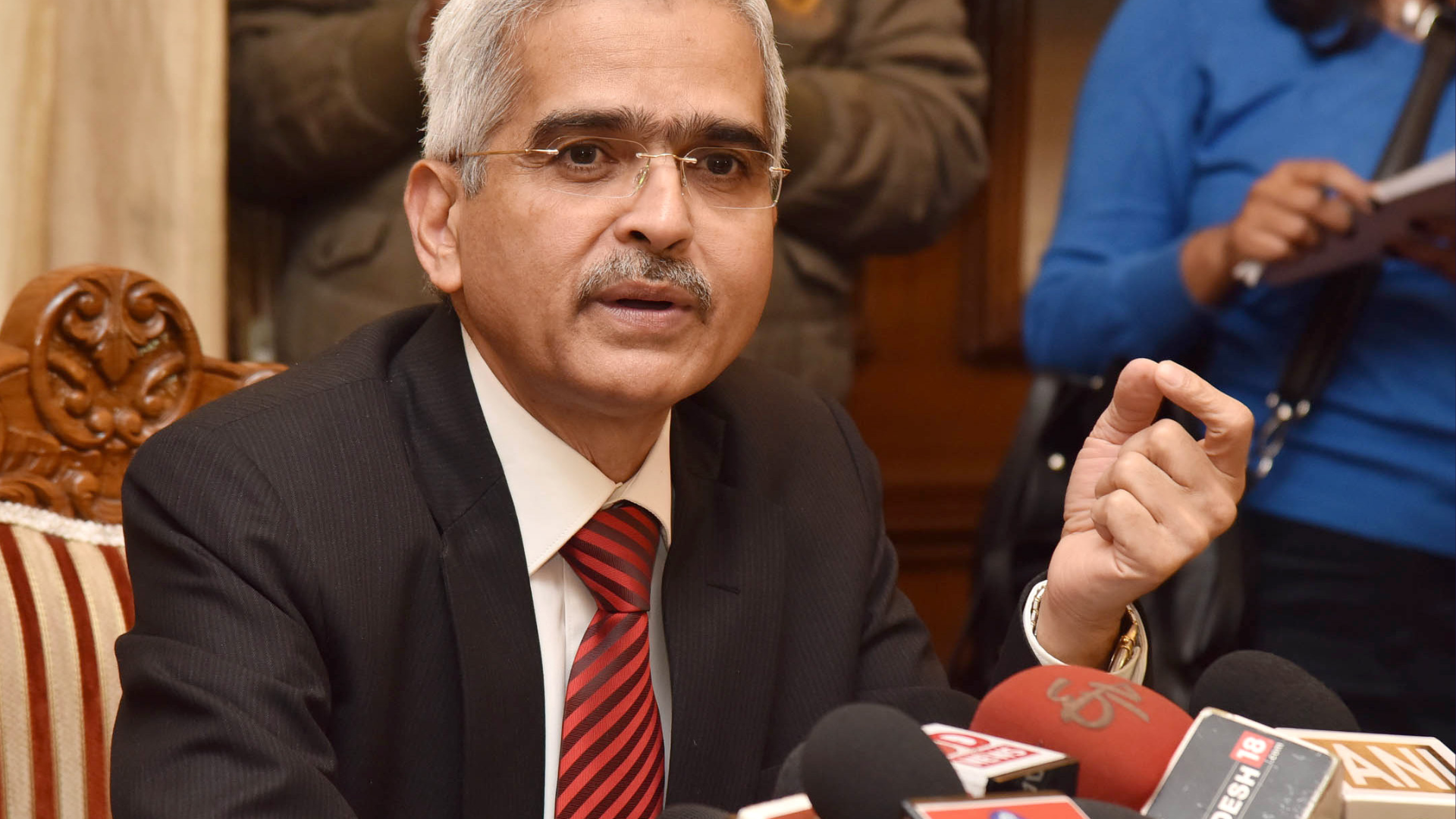
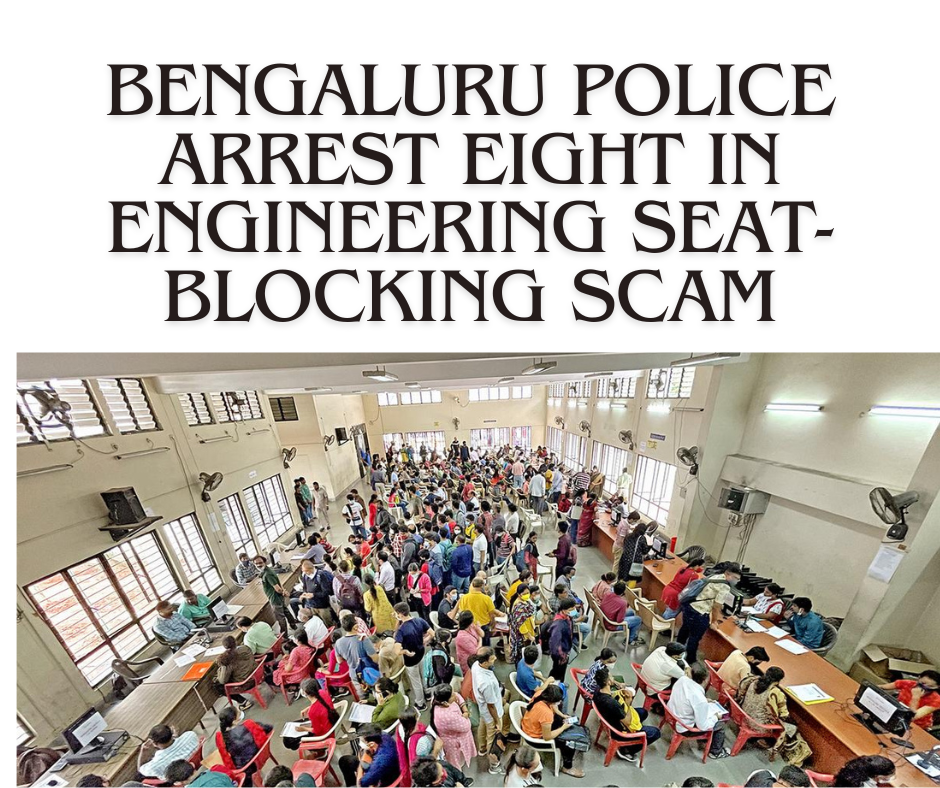






.png)
 (1).png)

